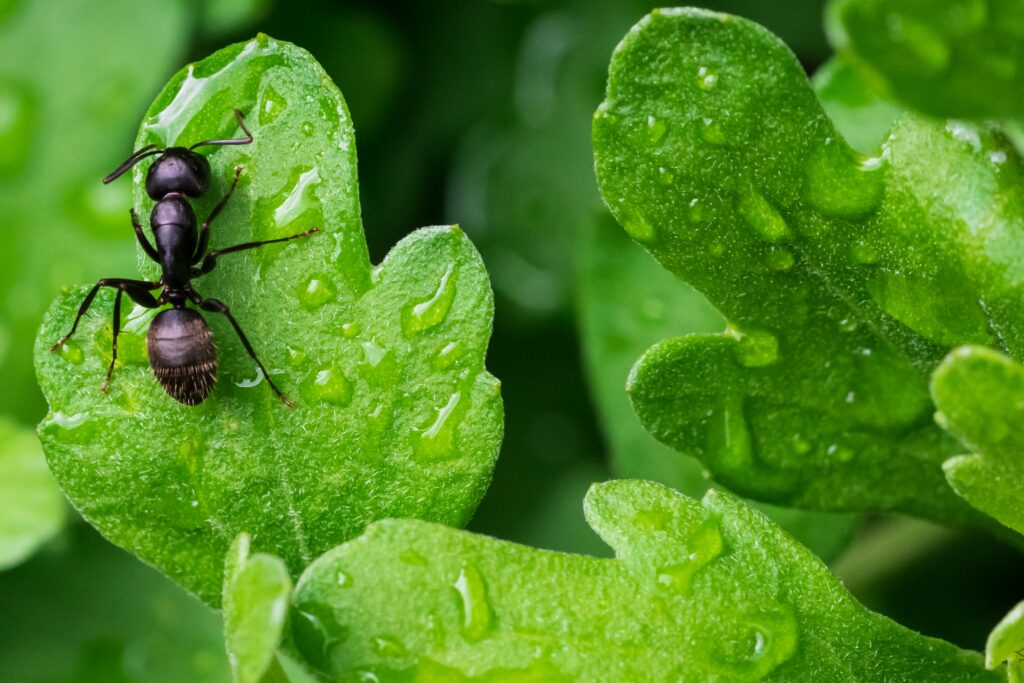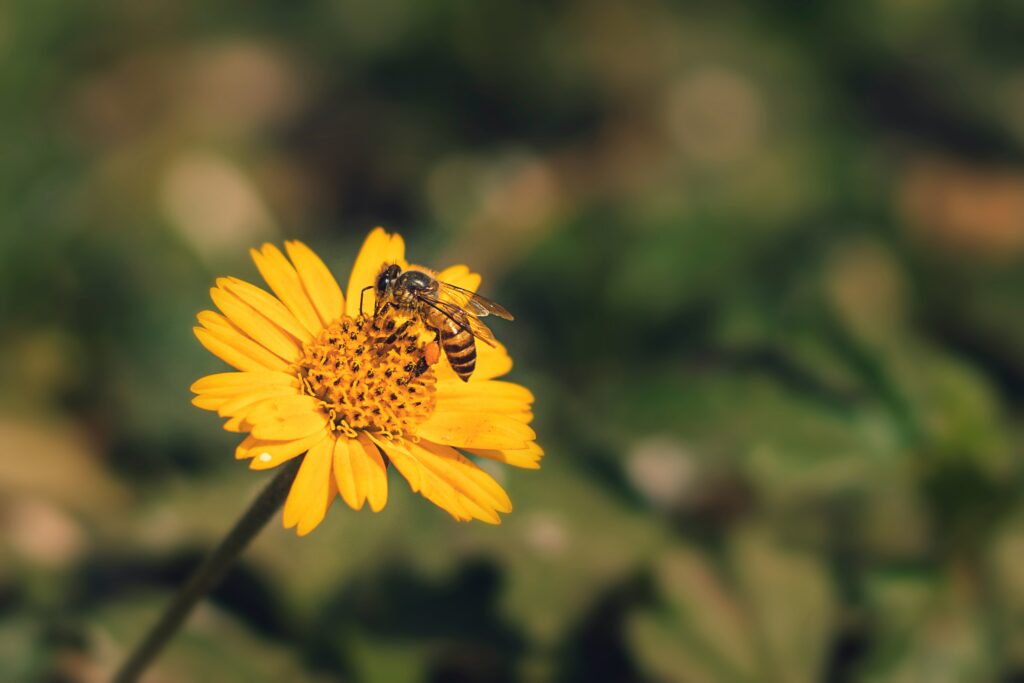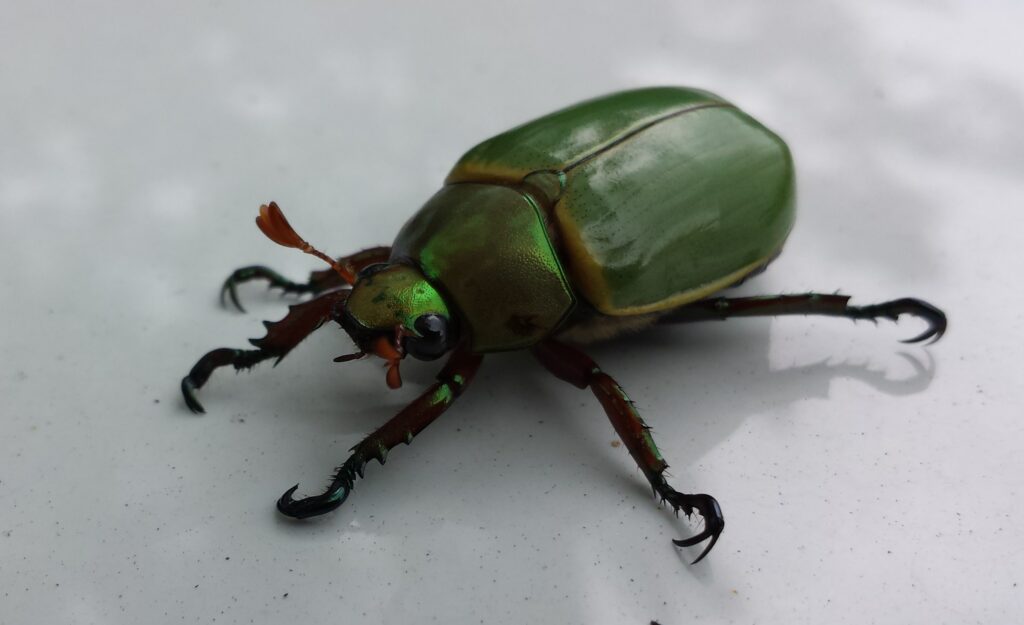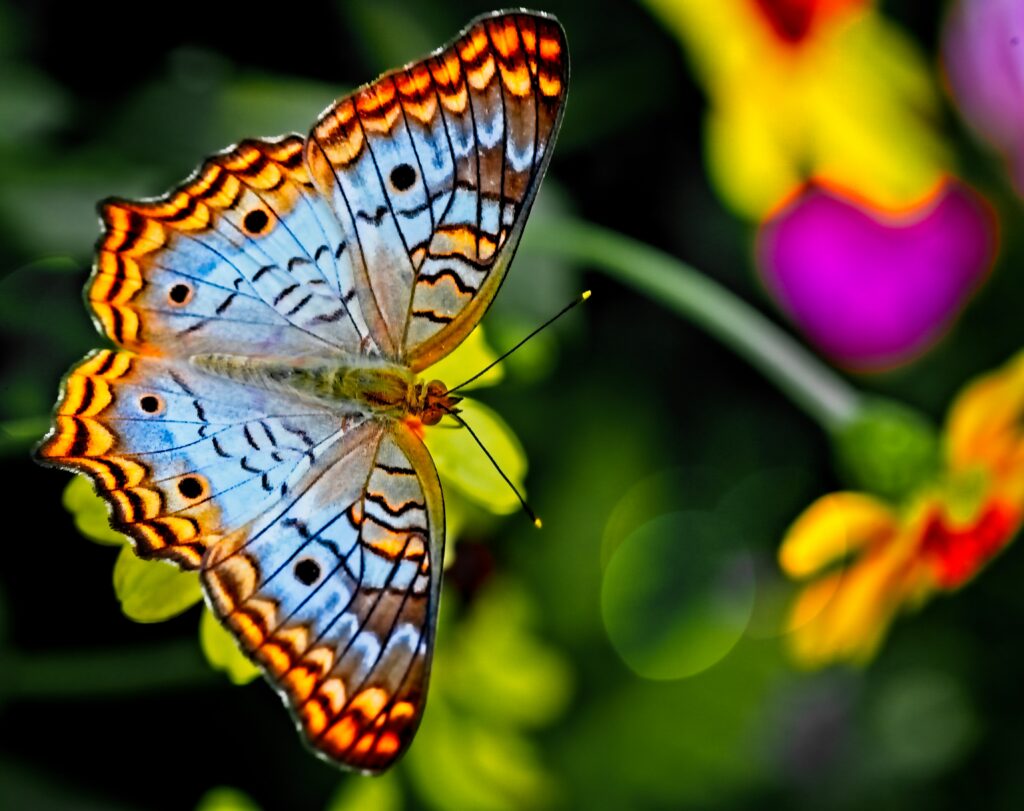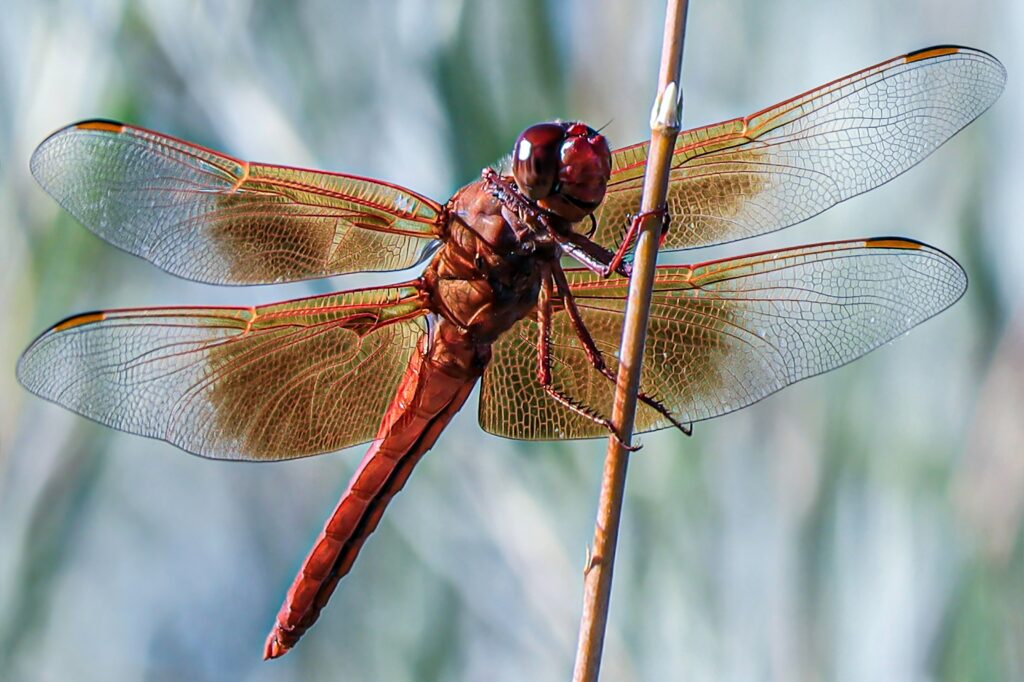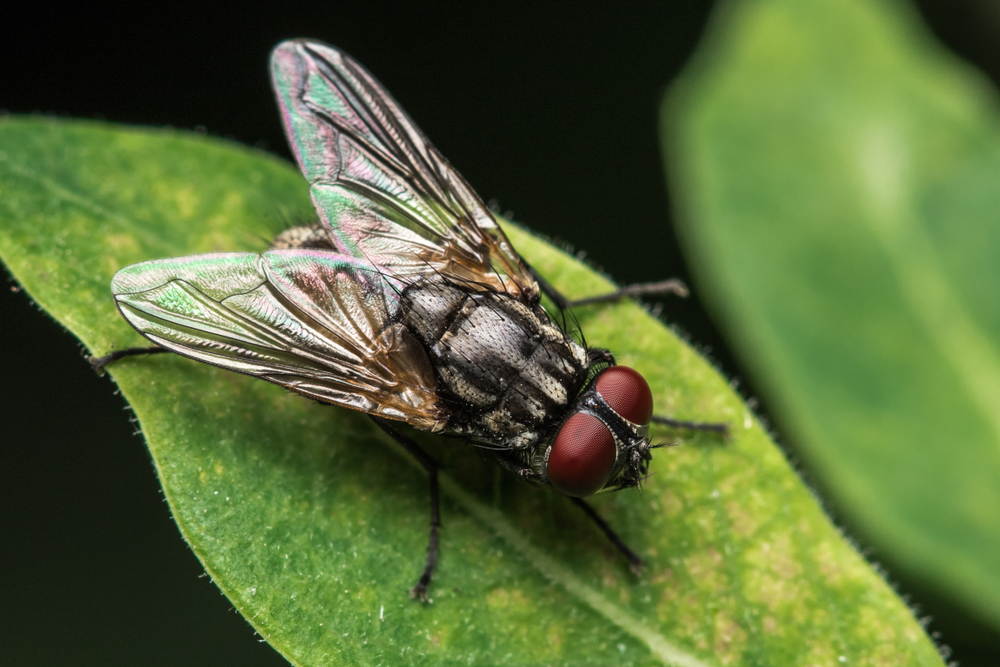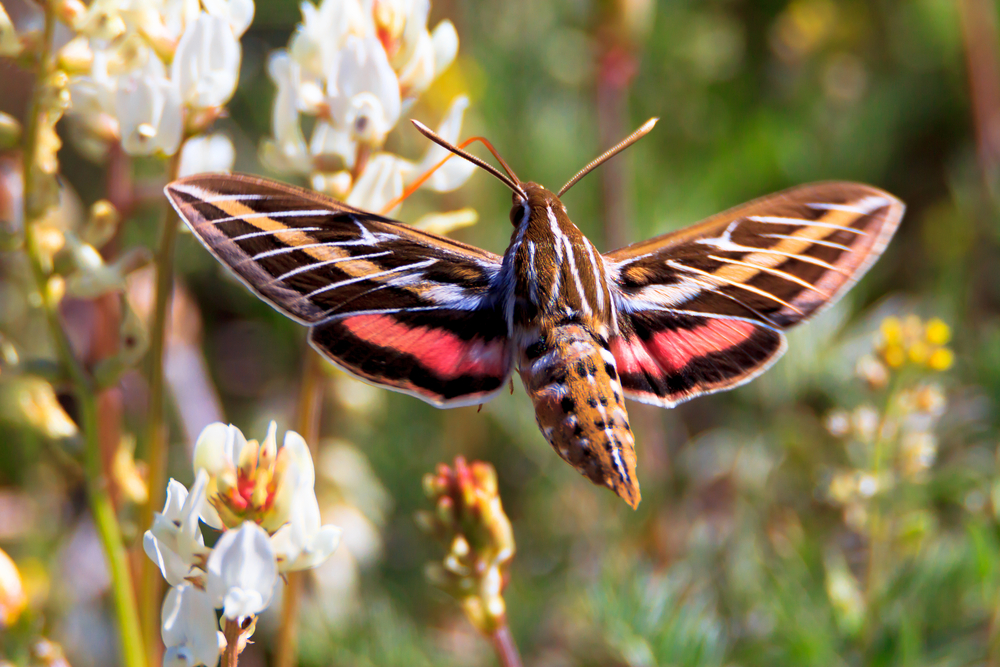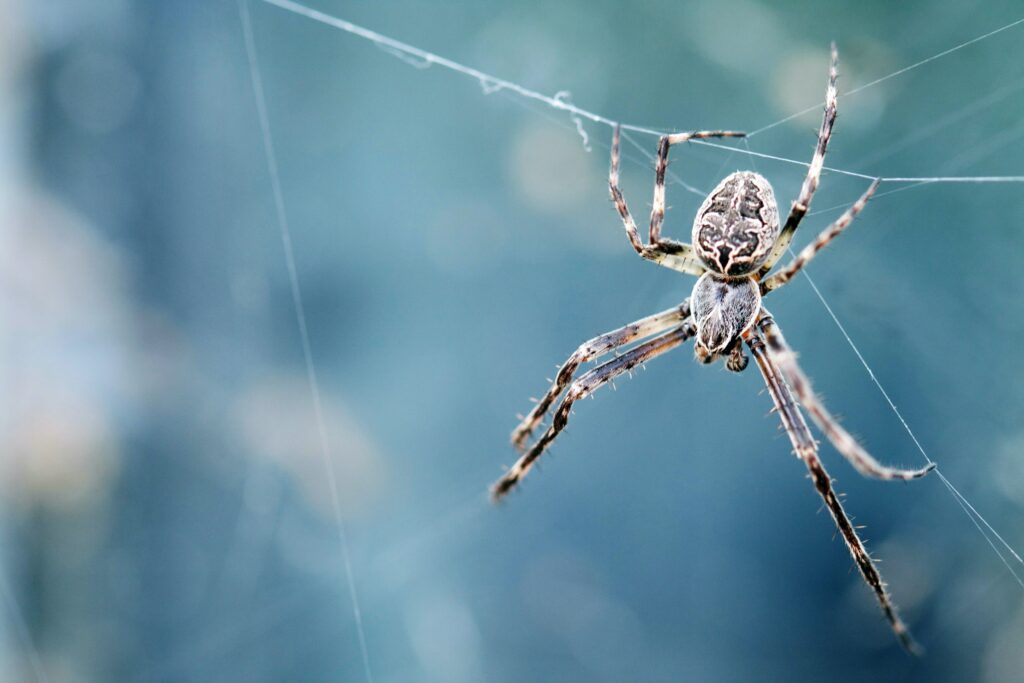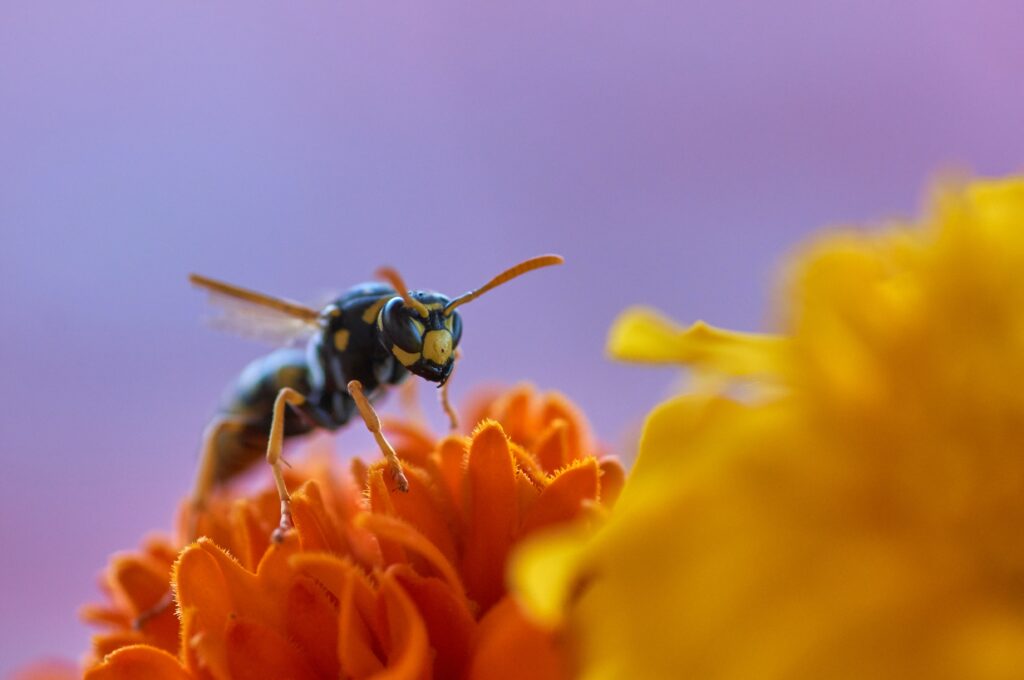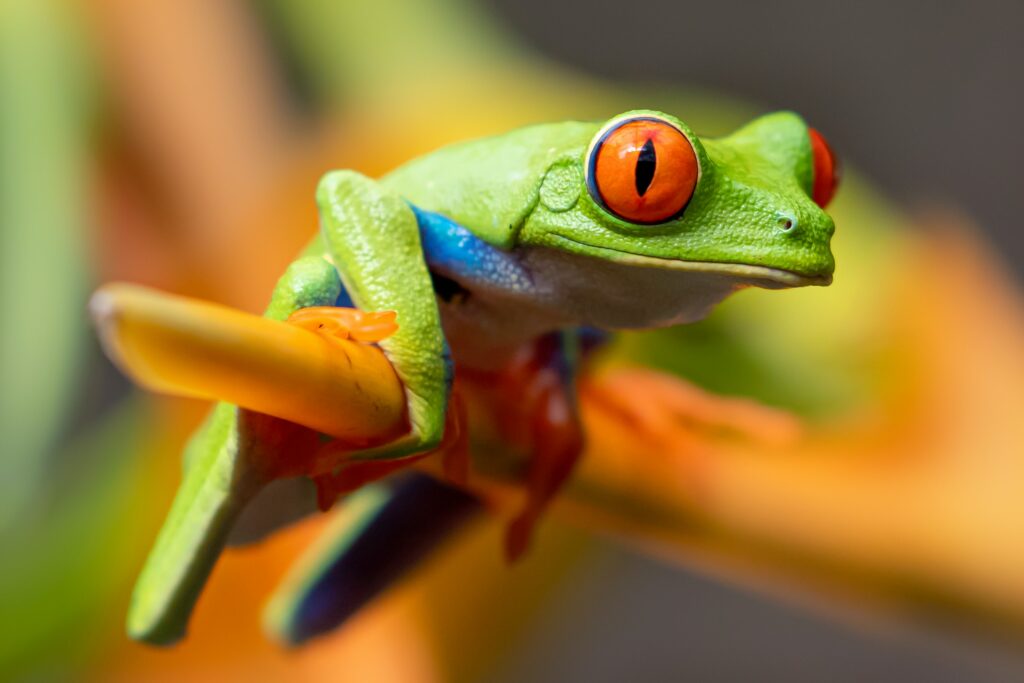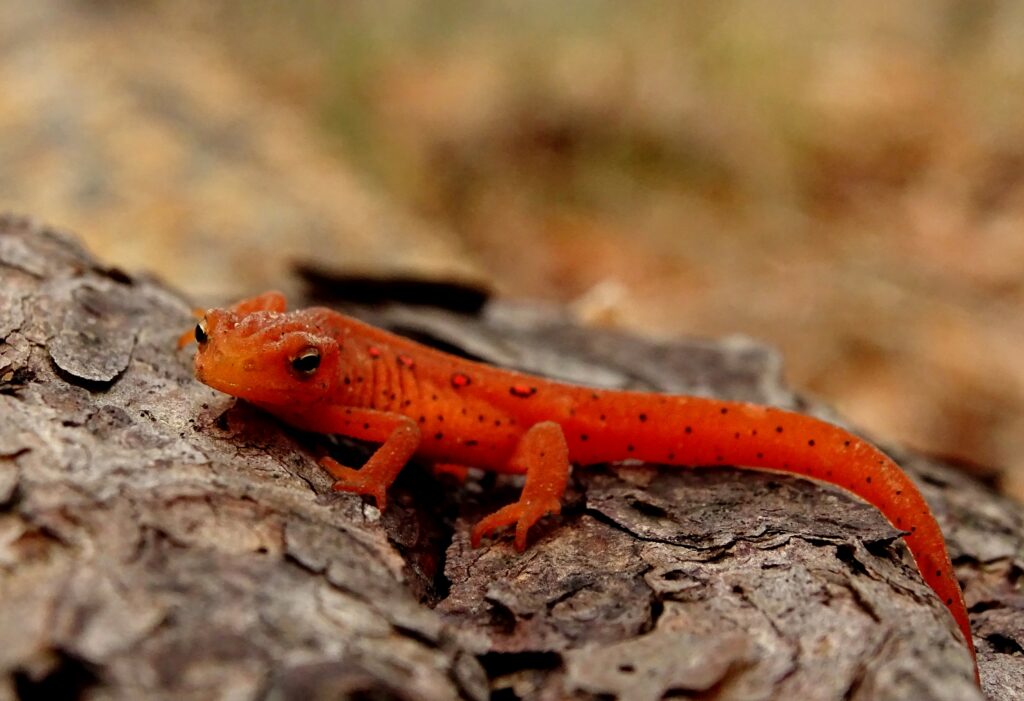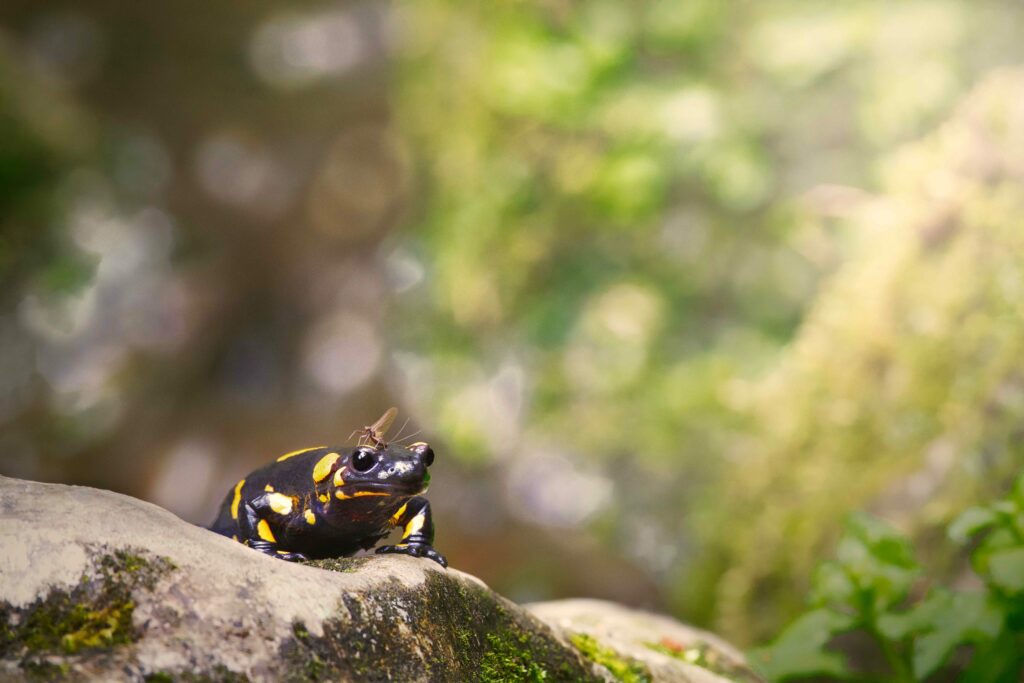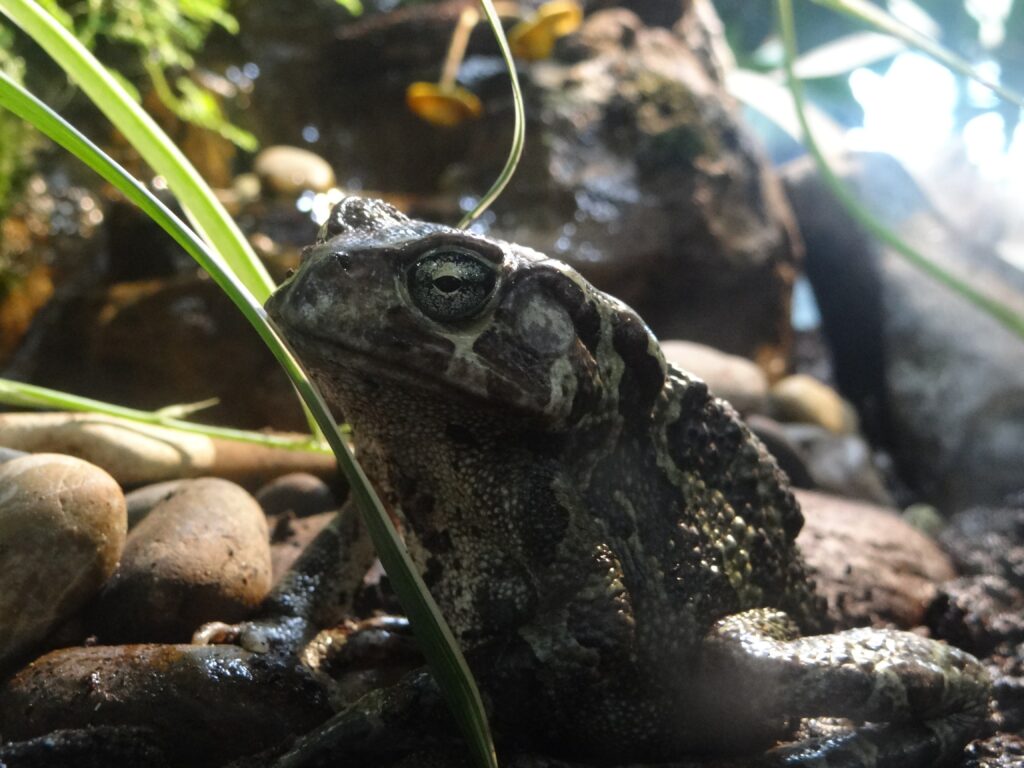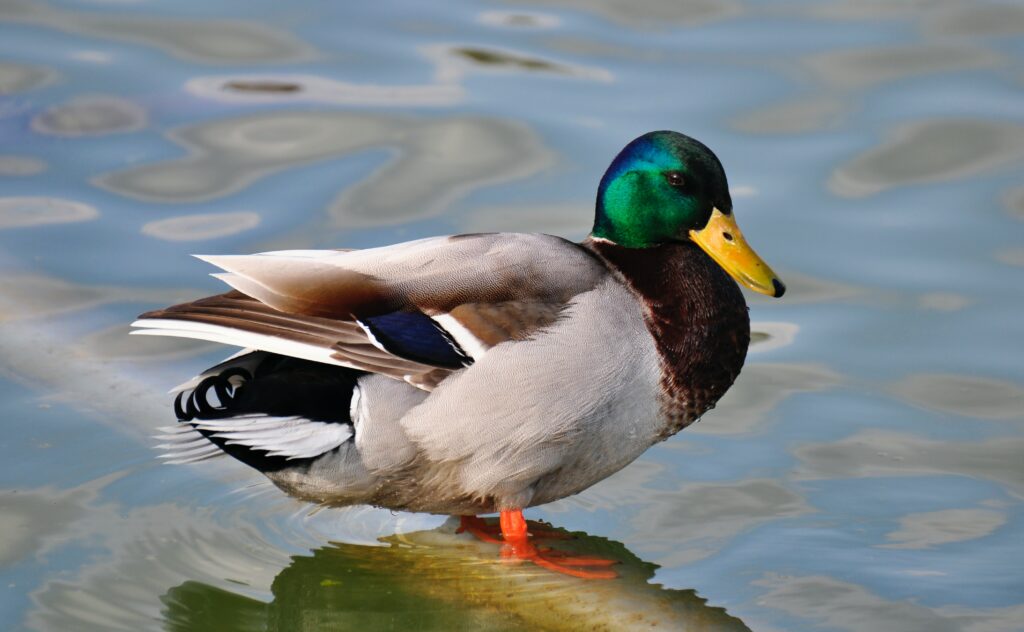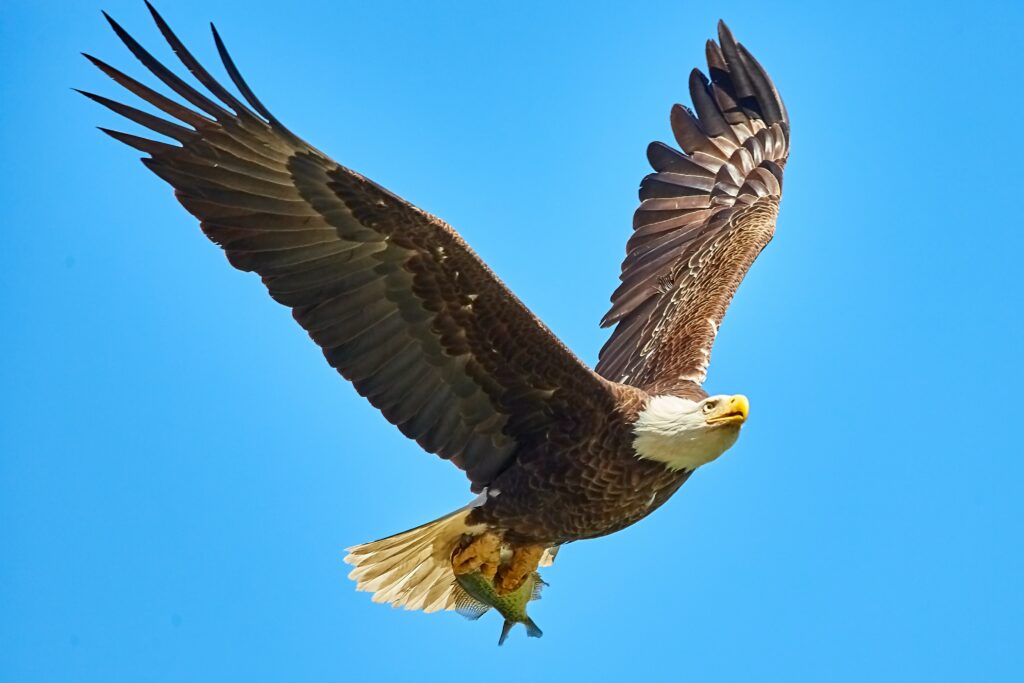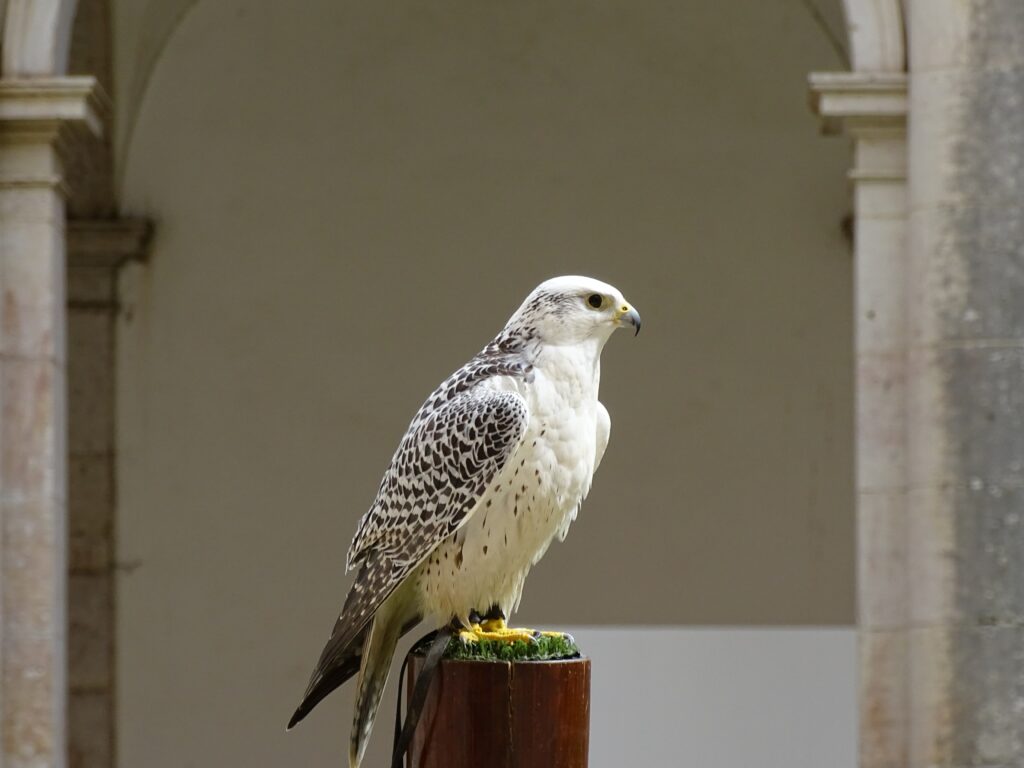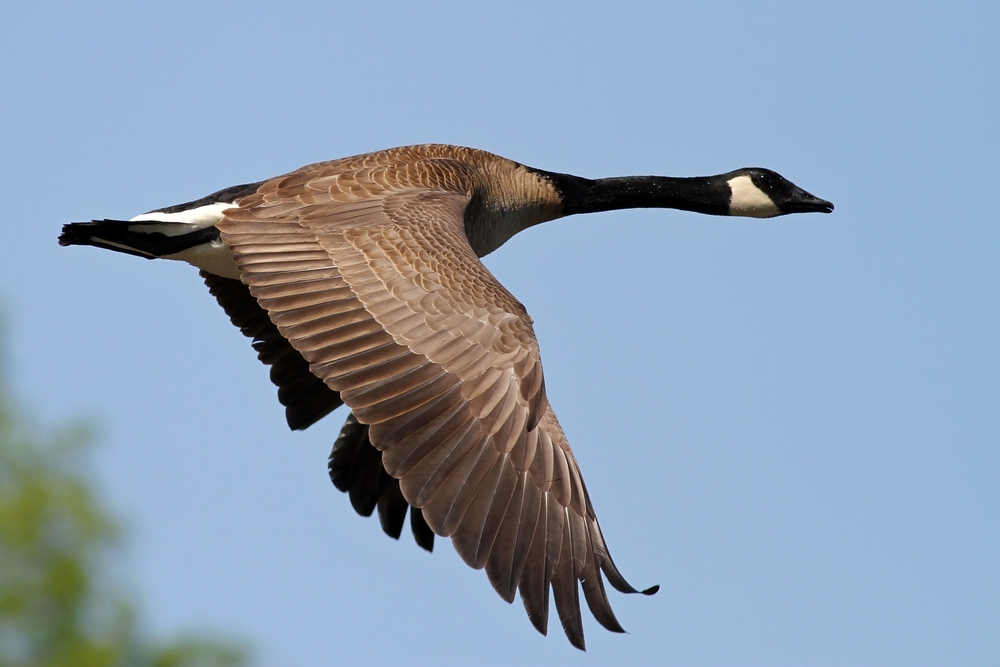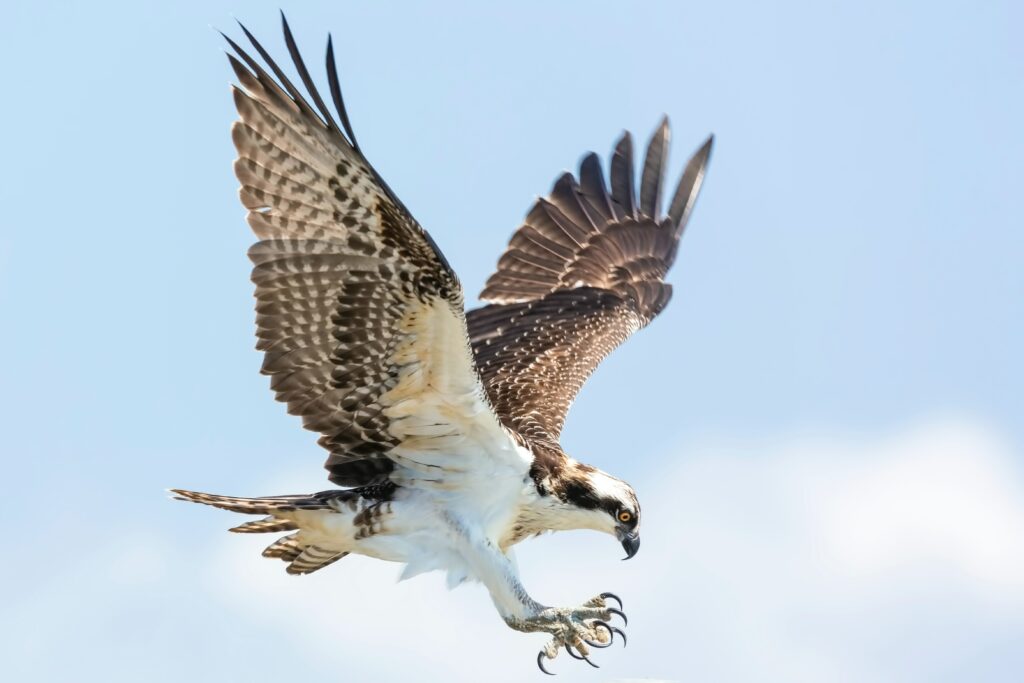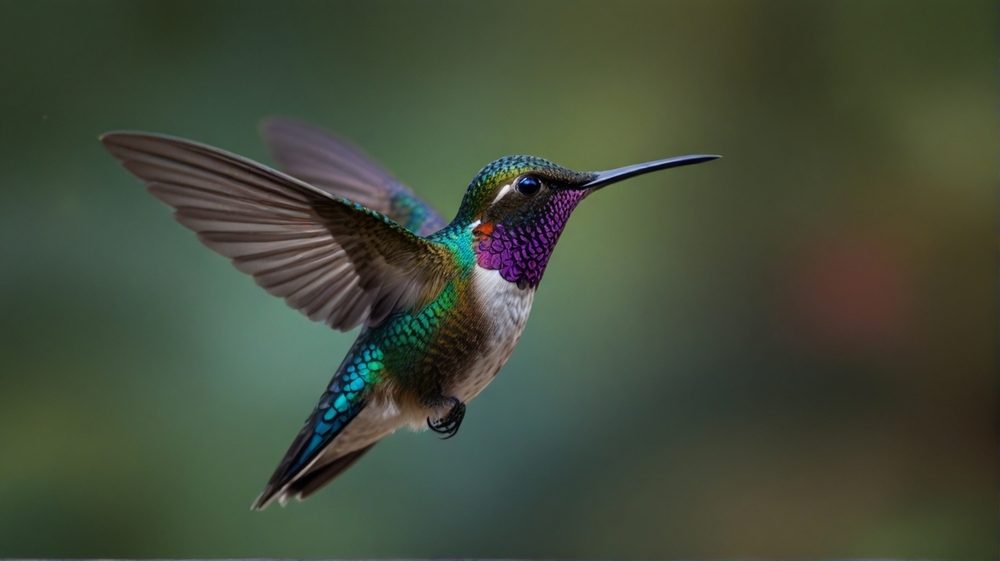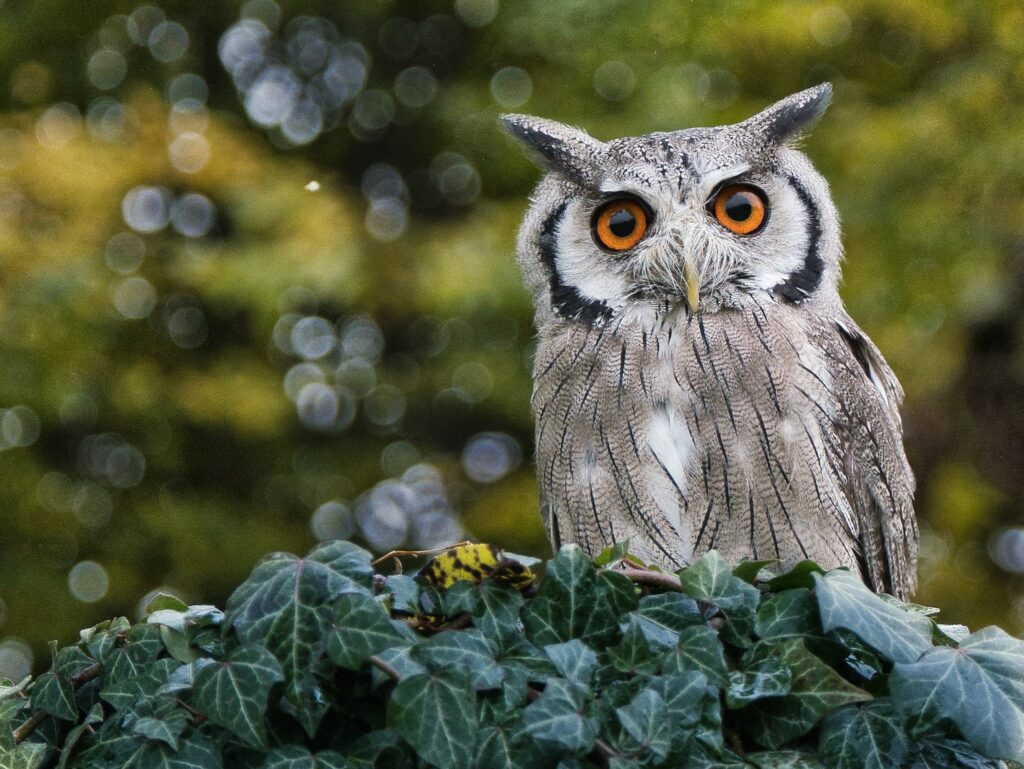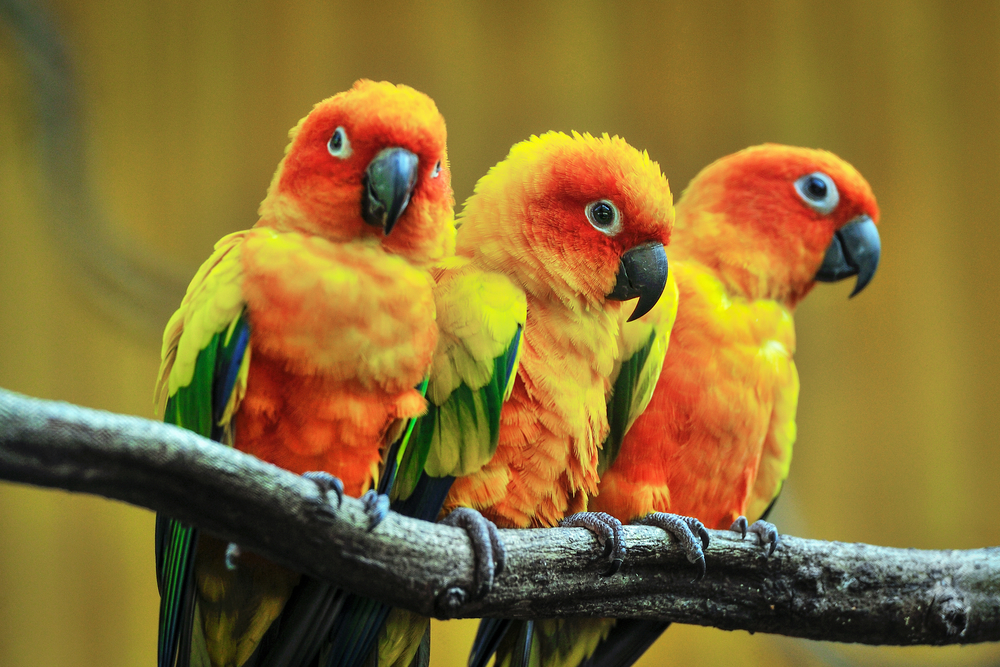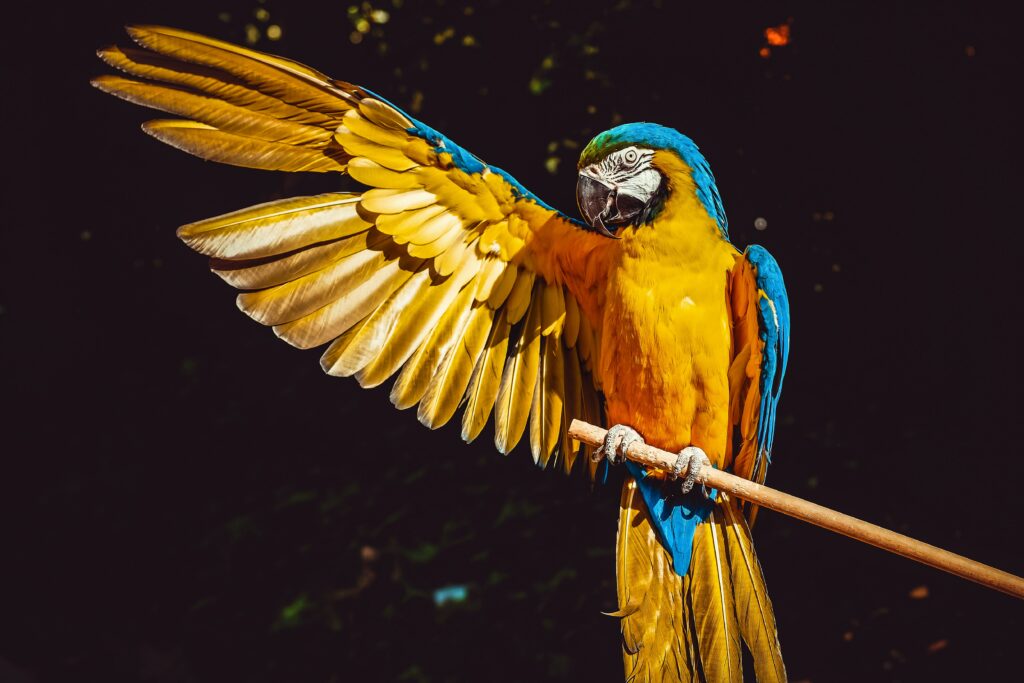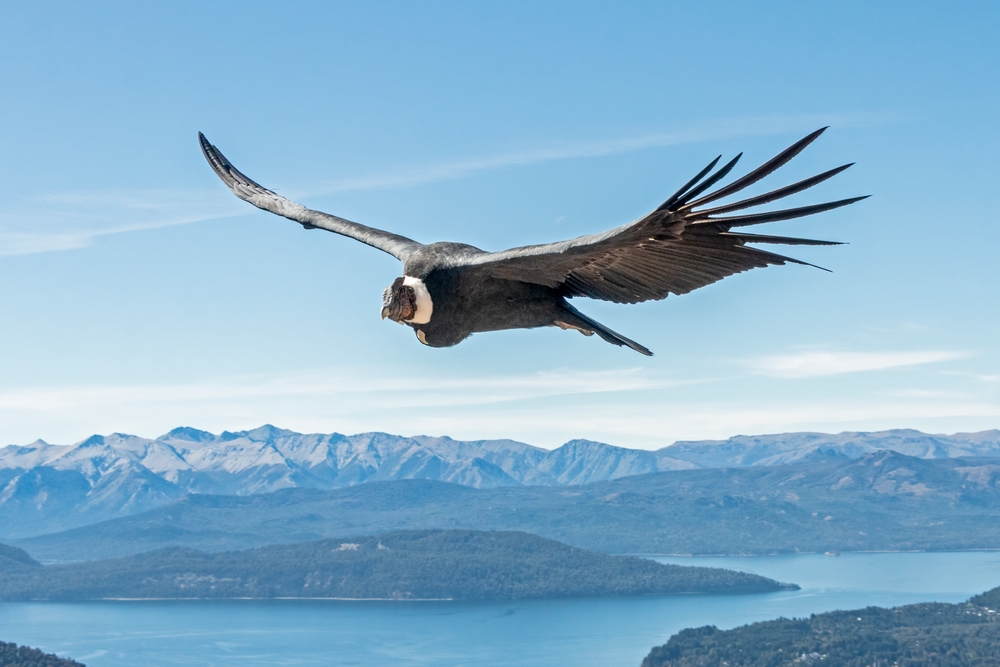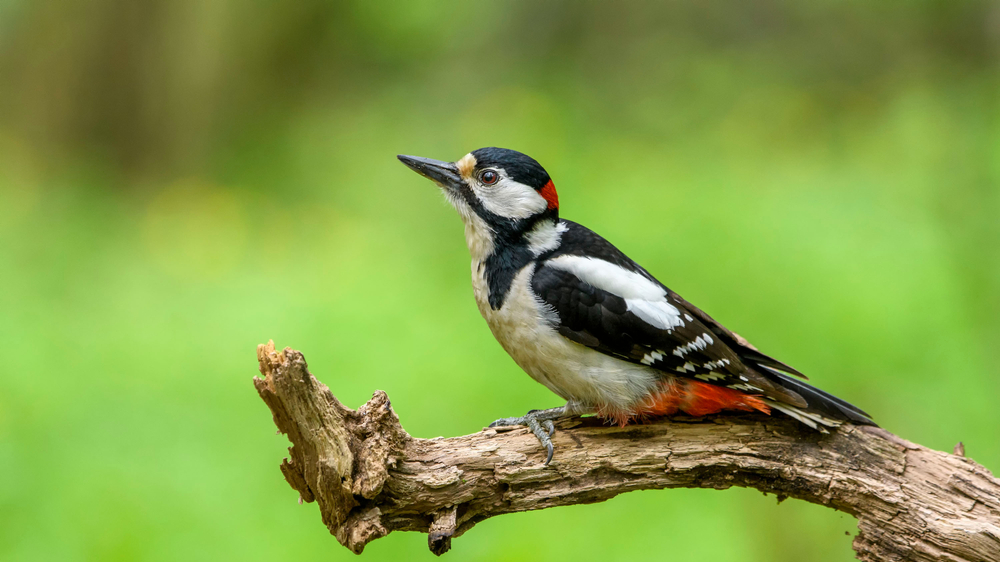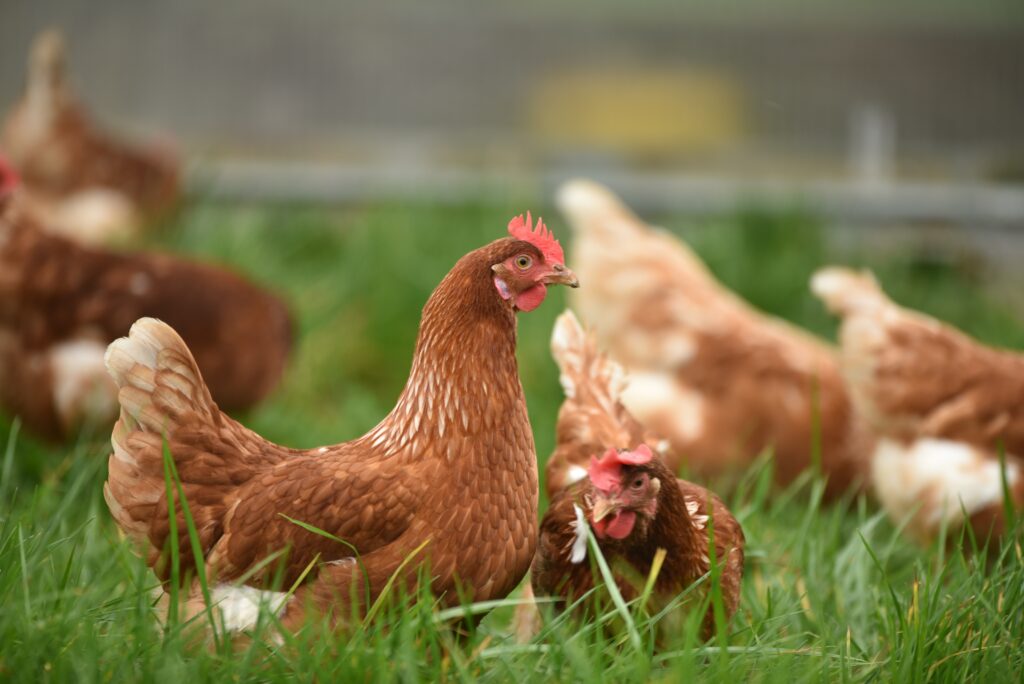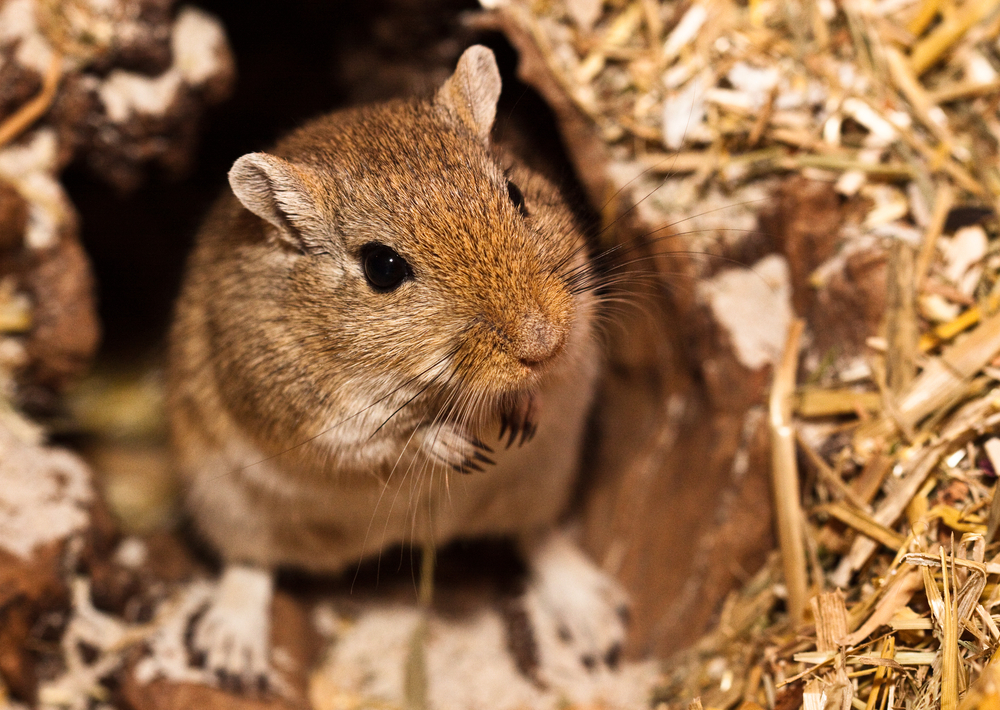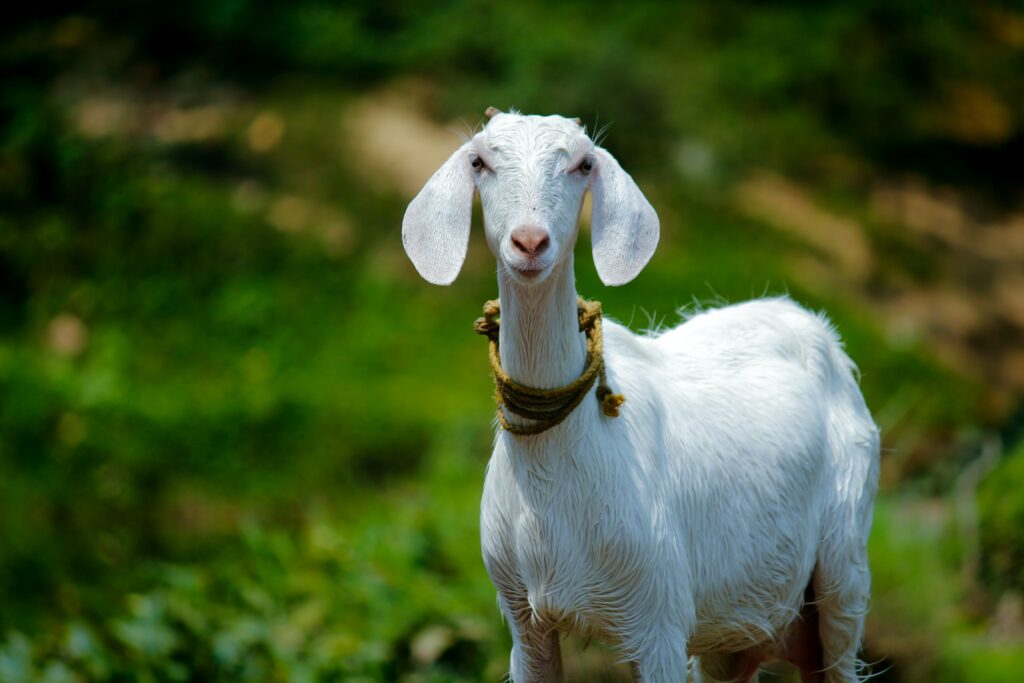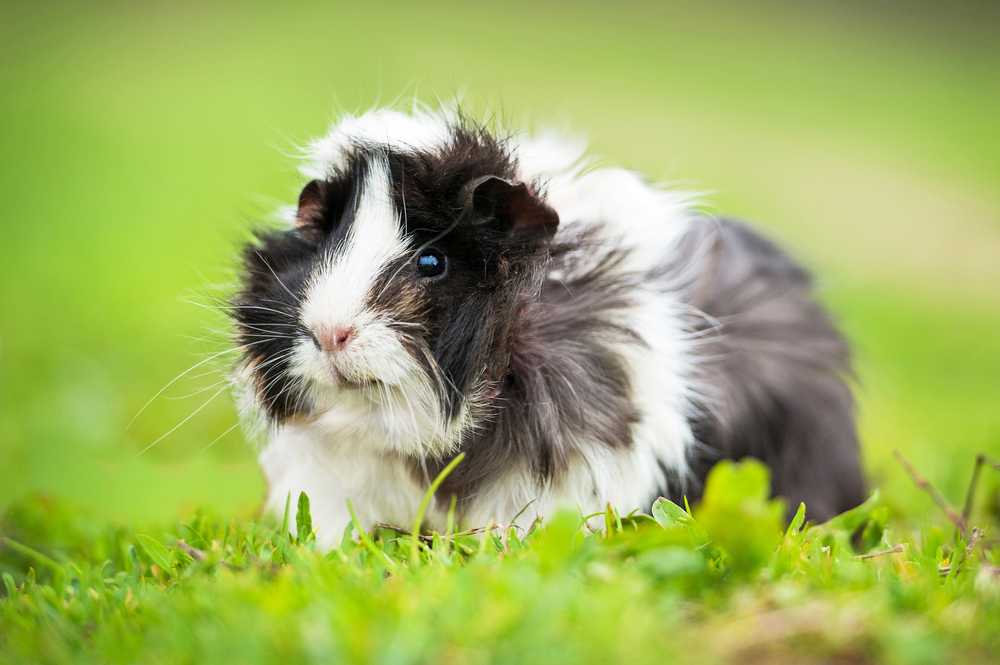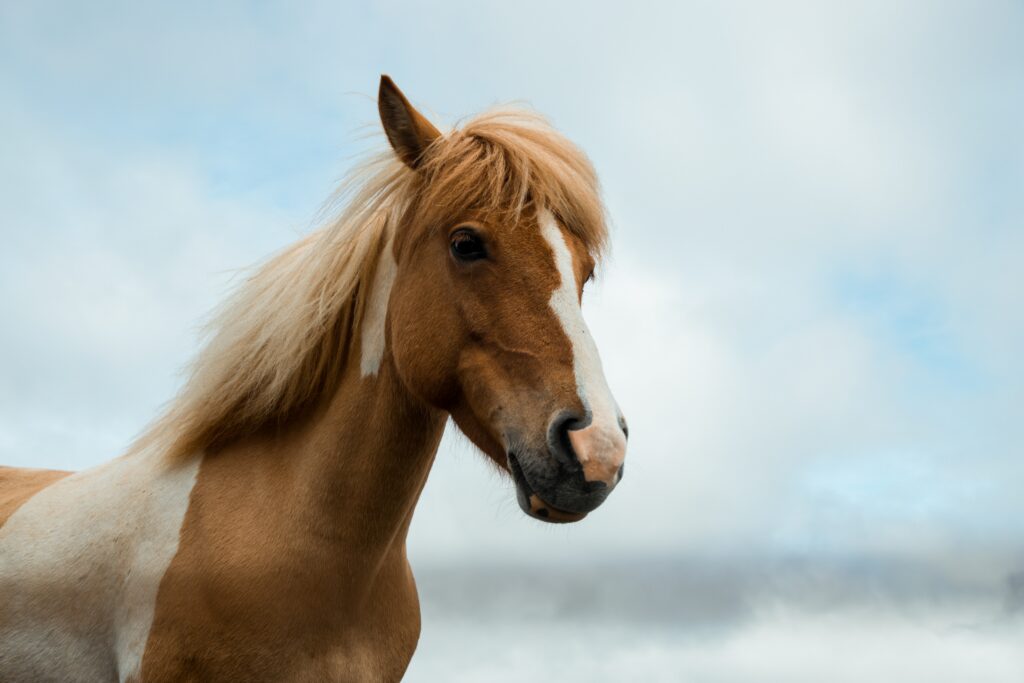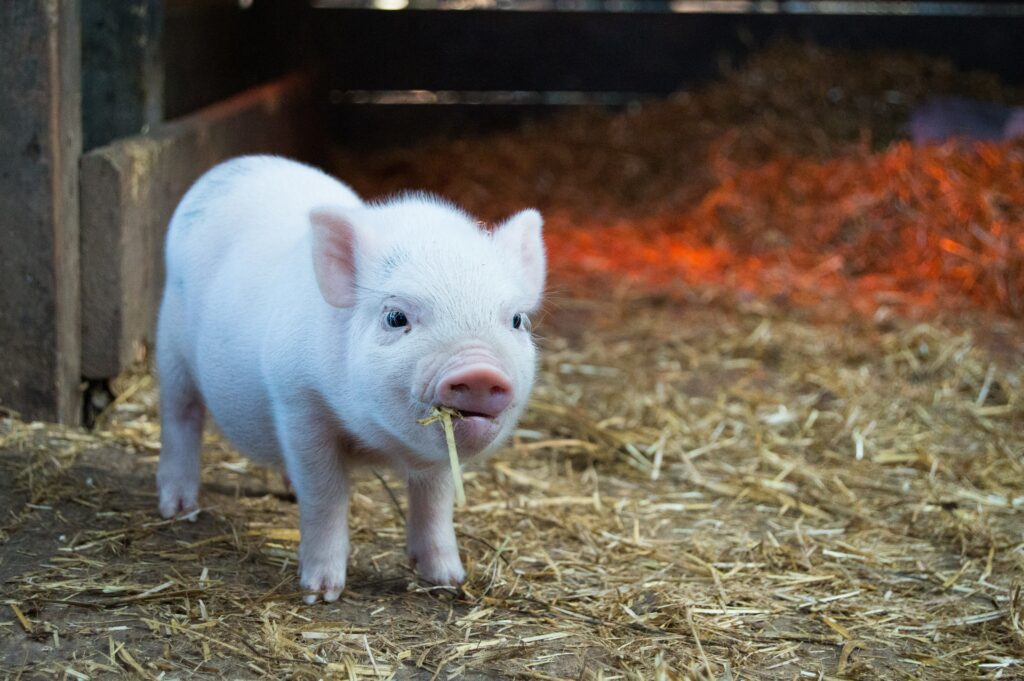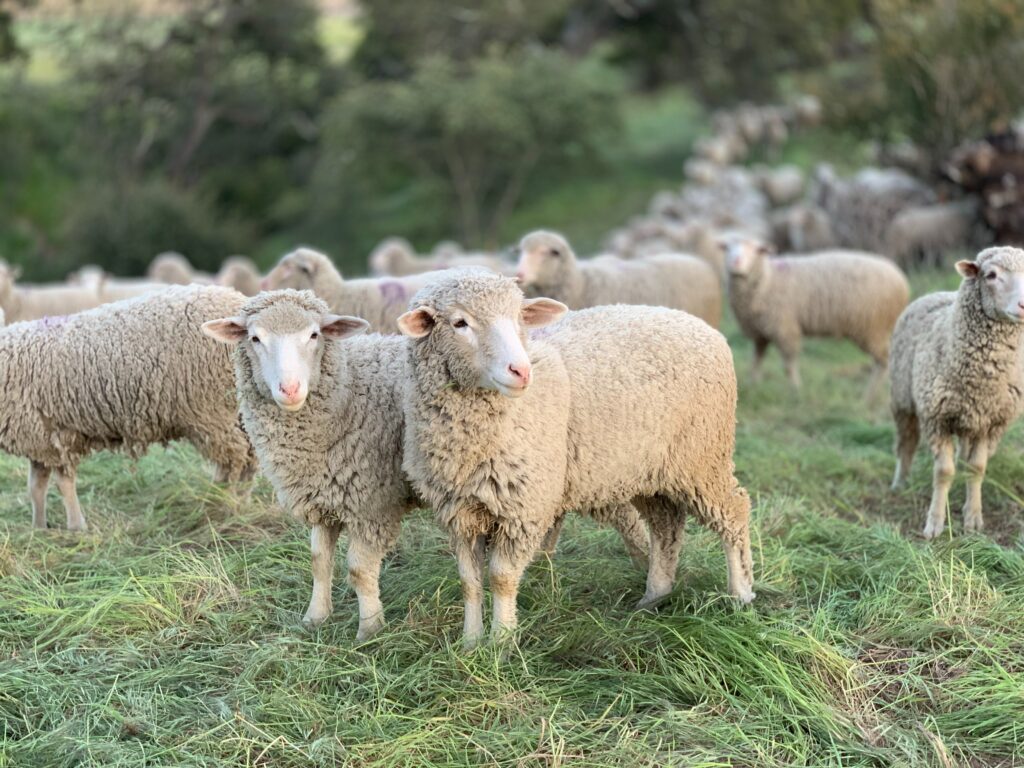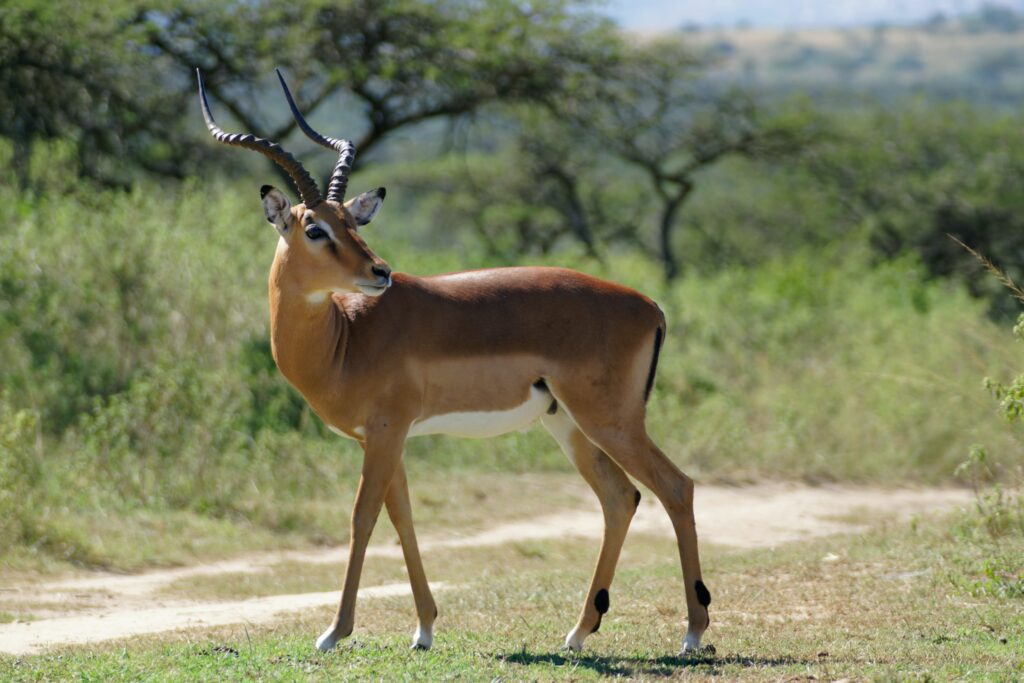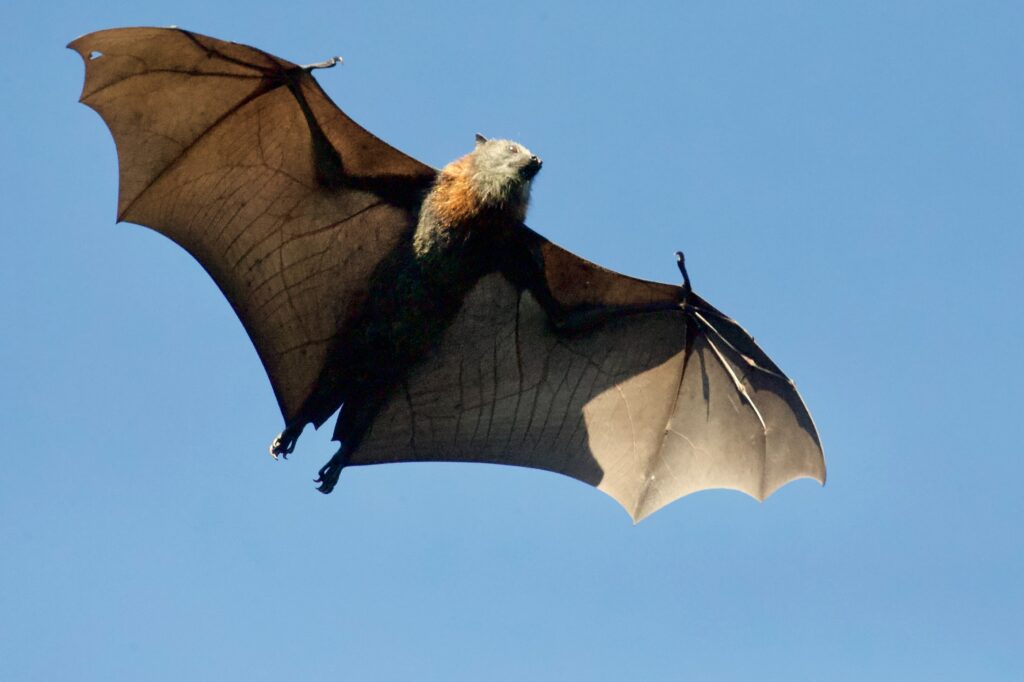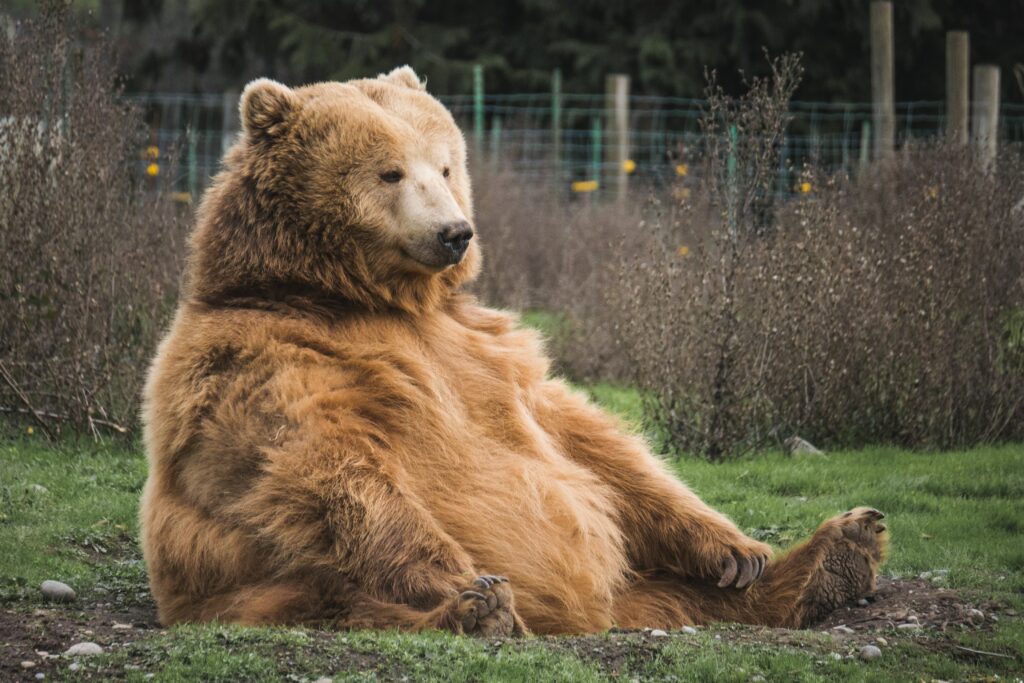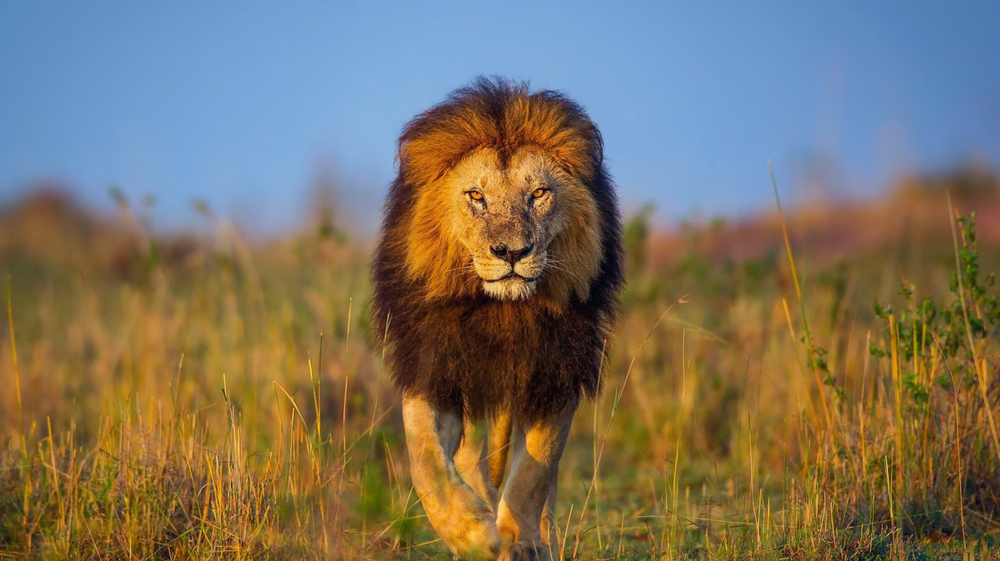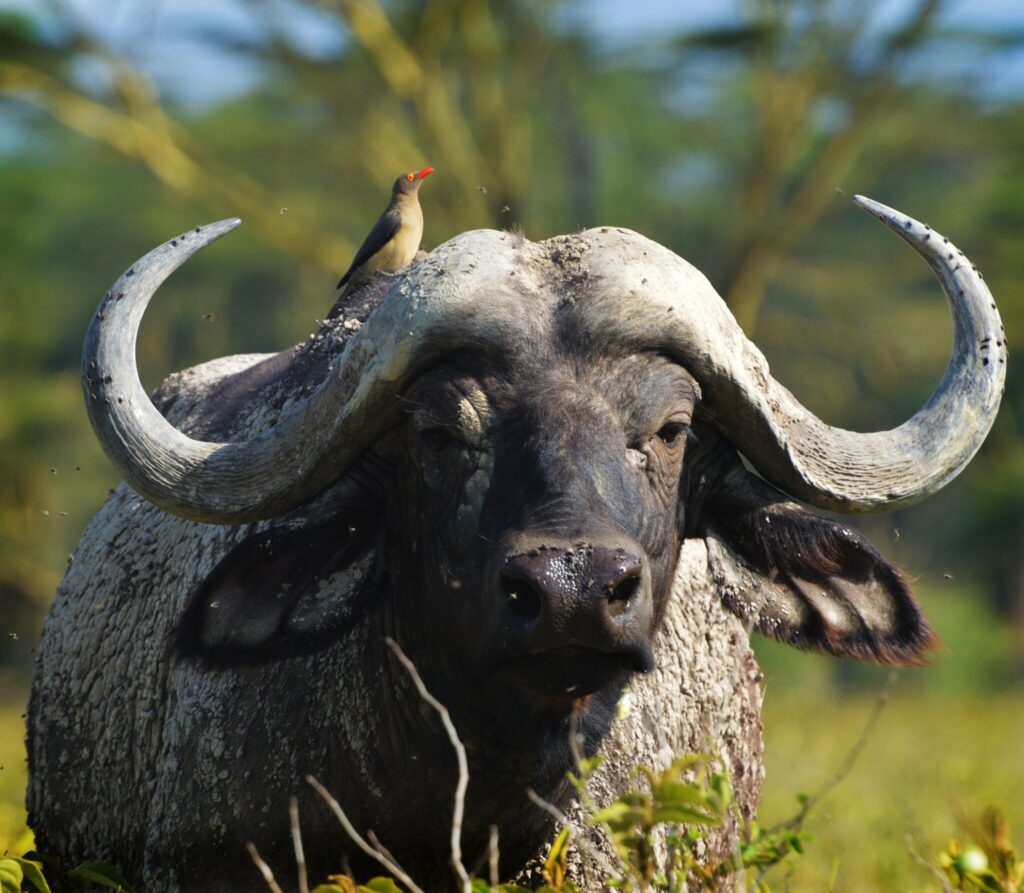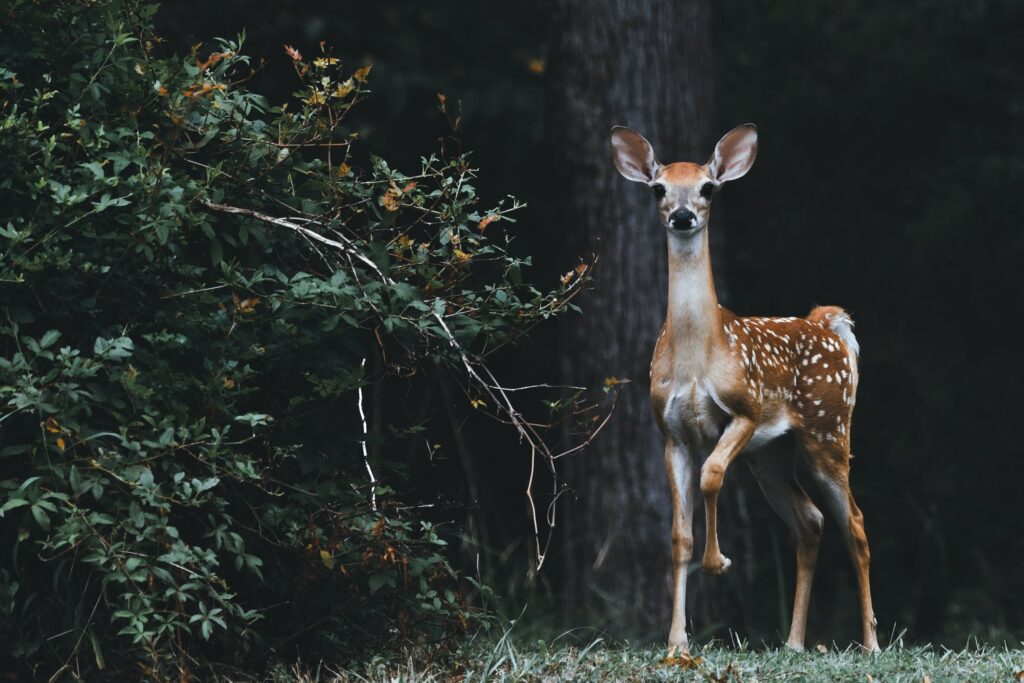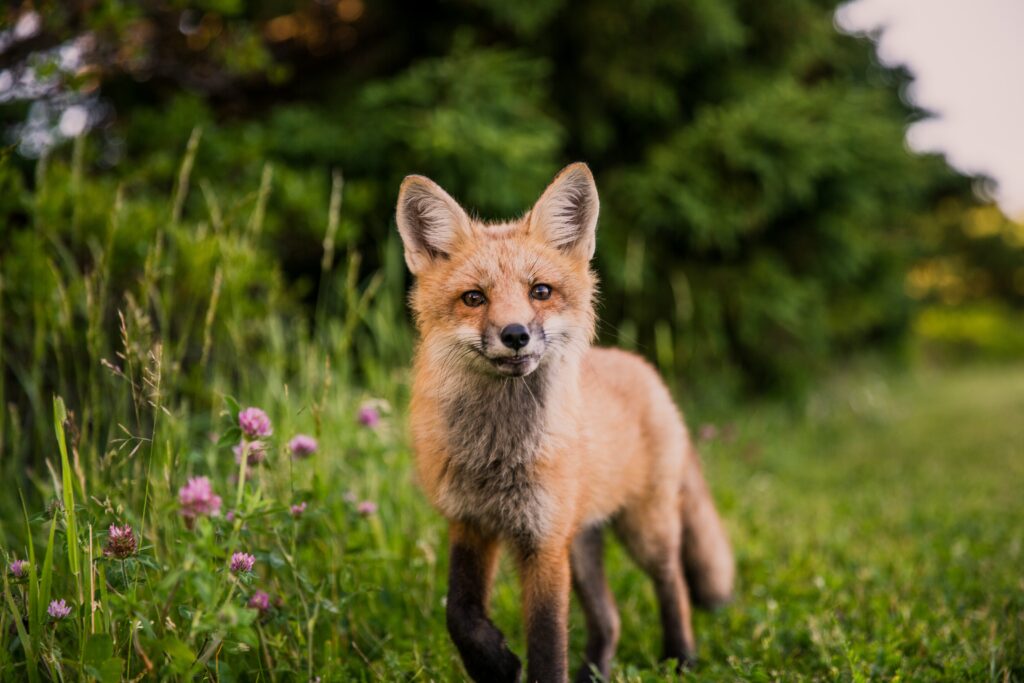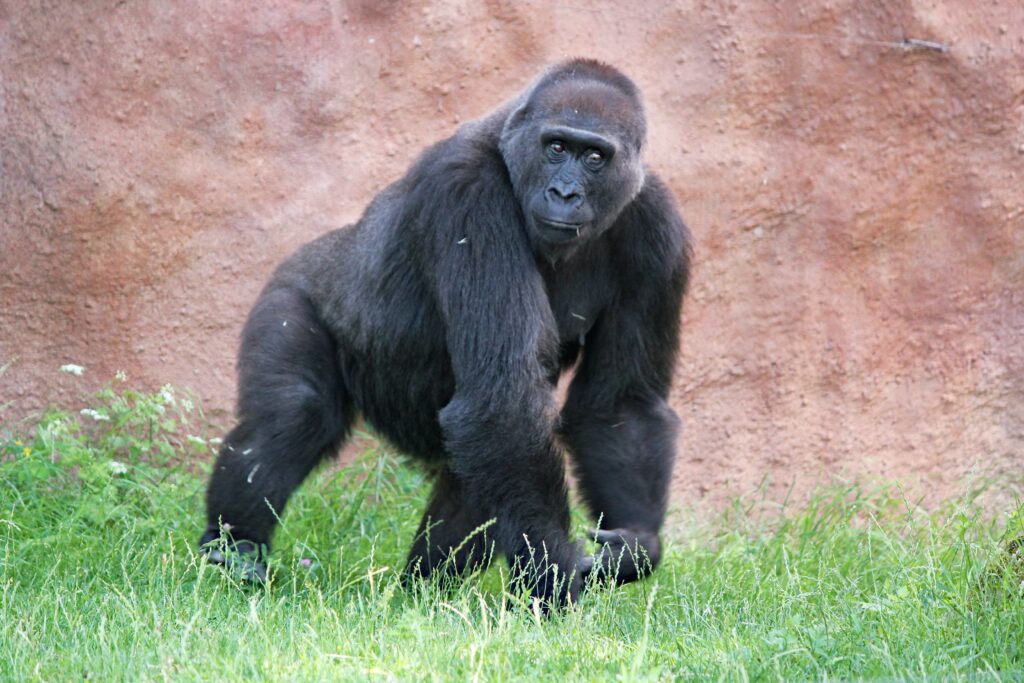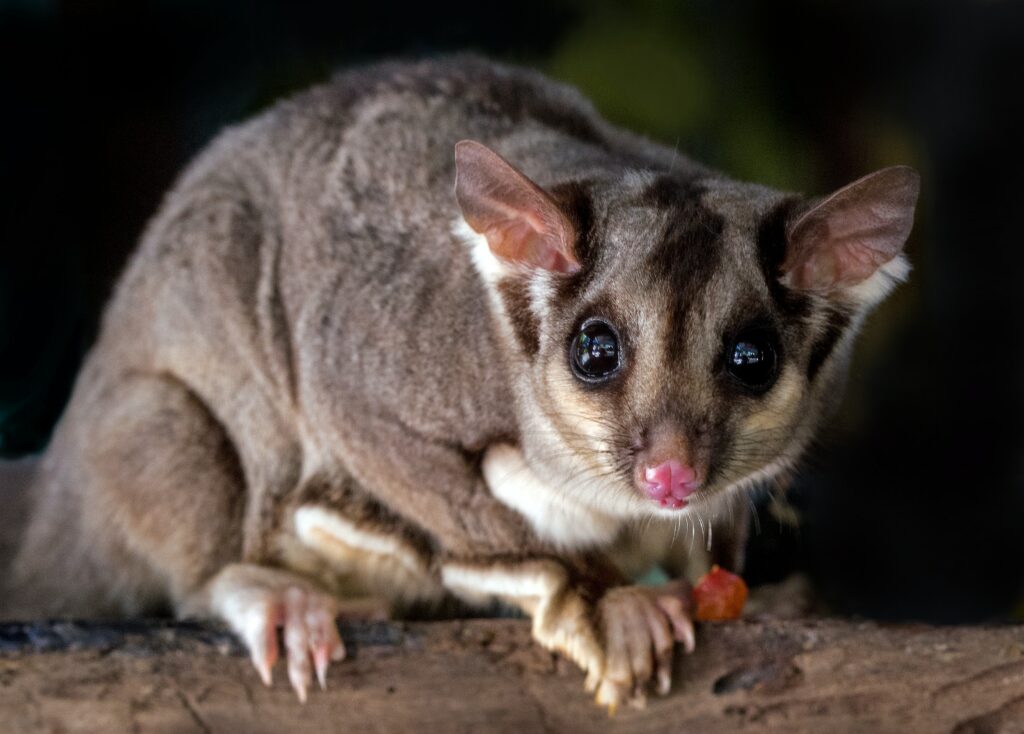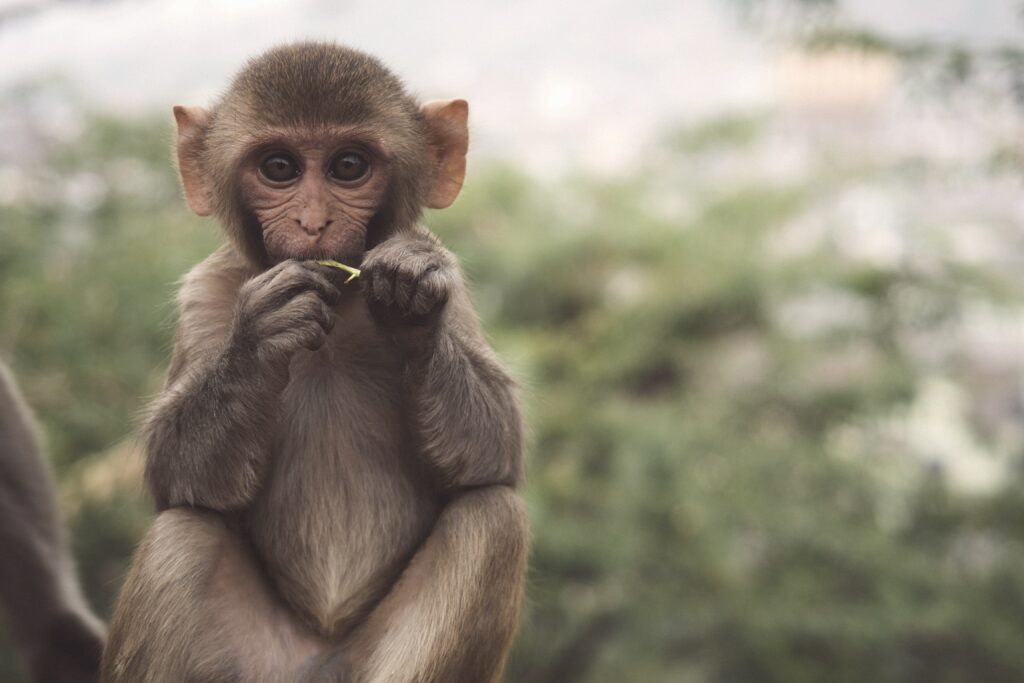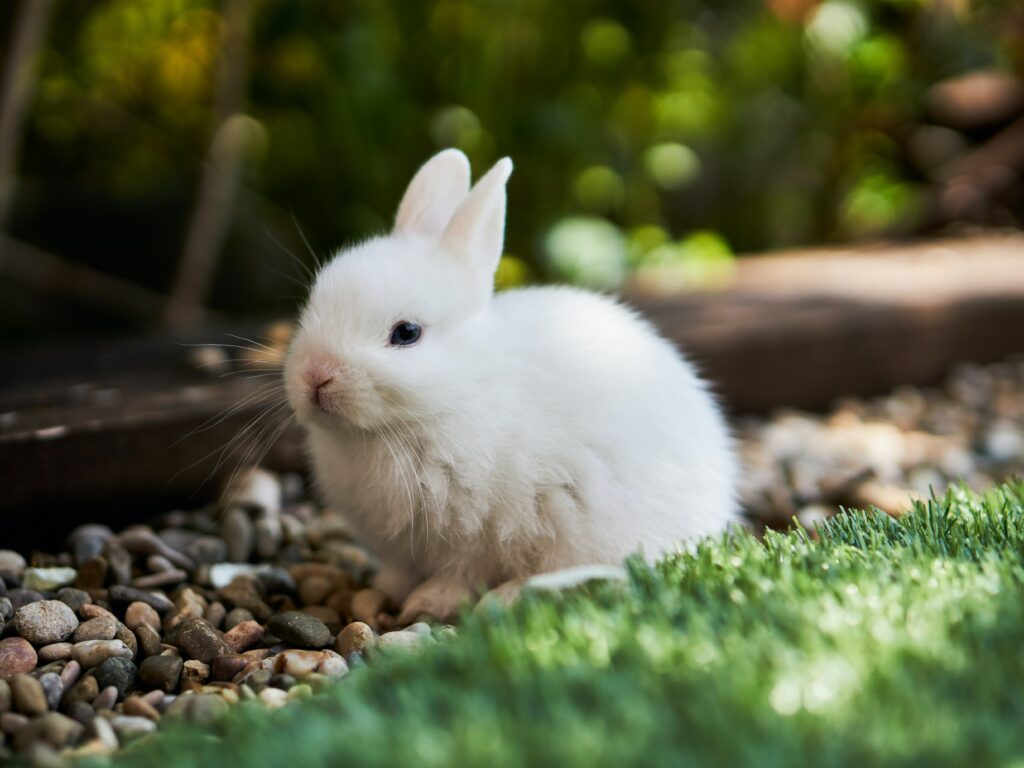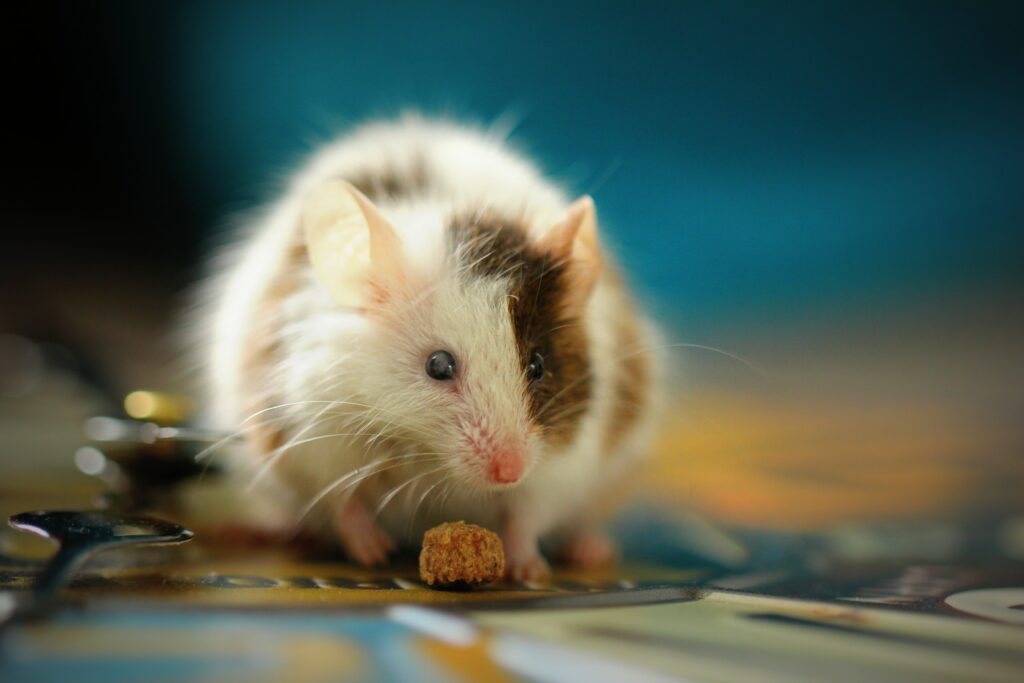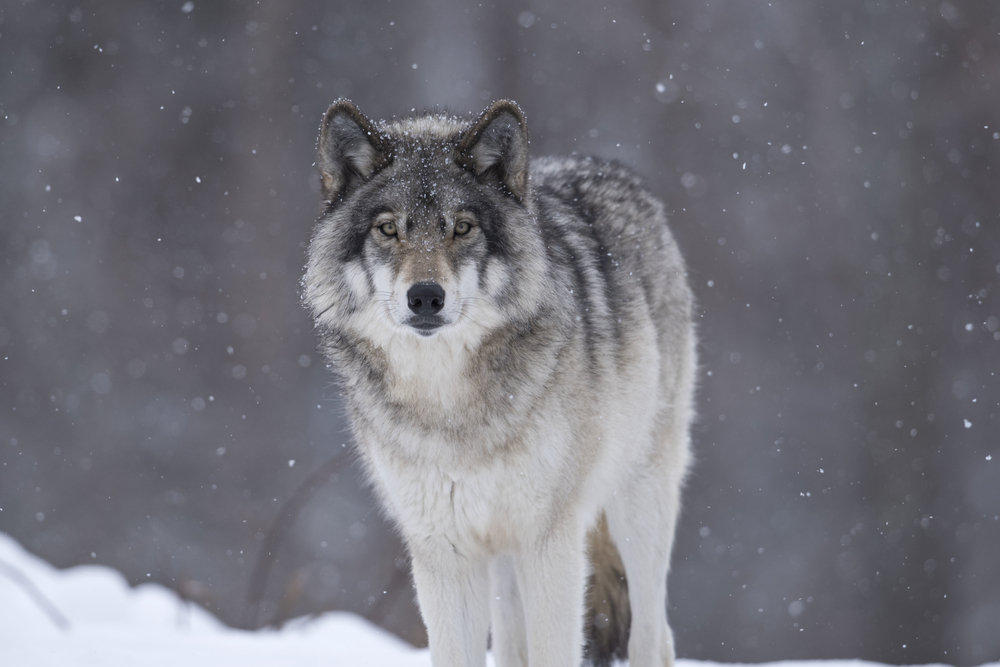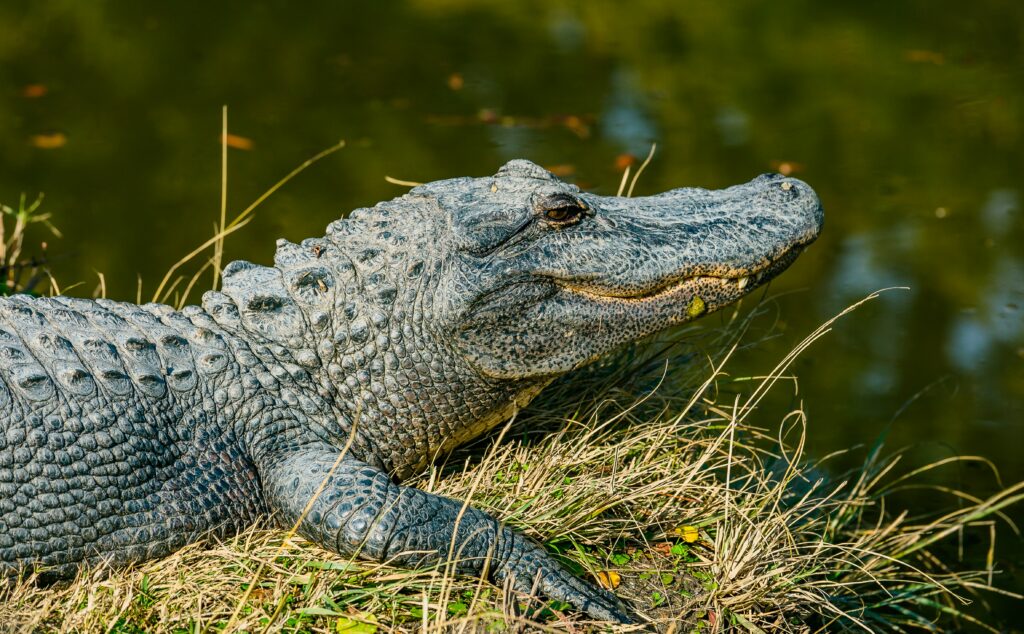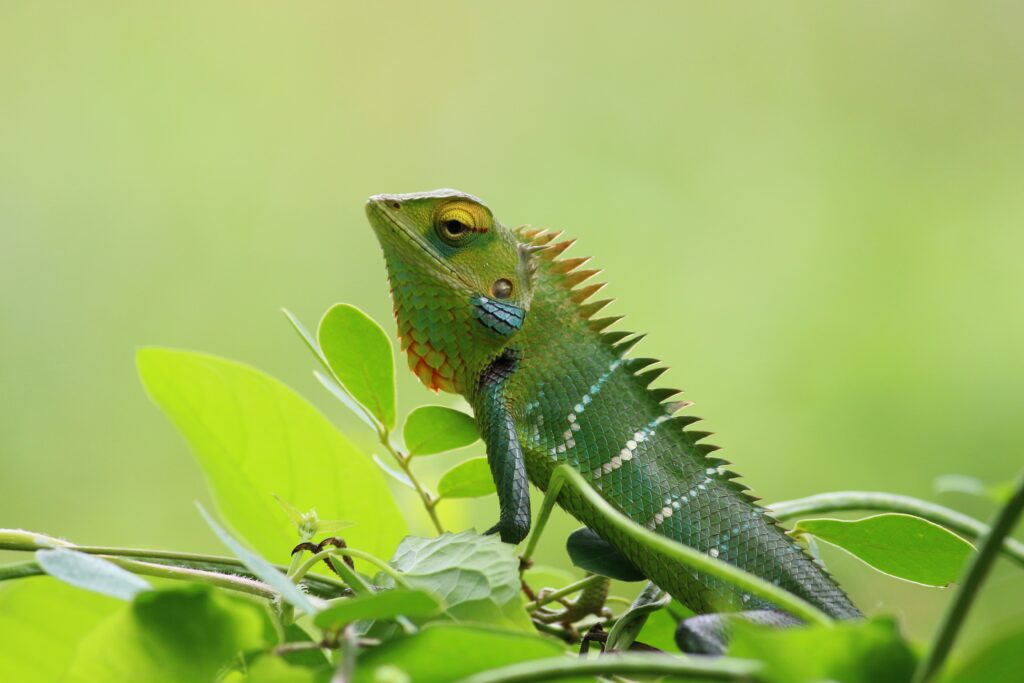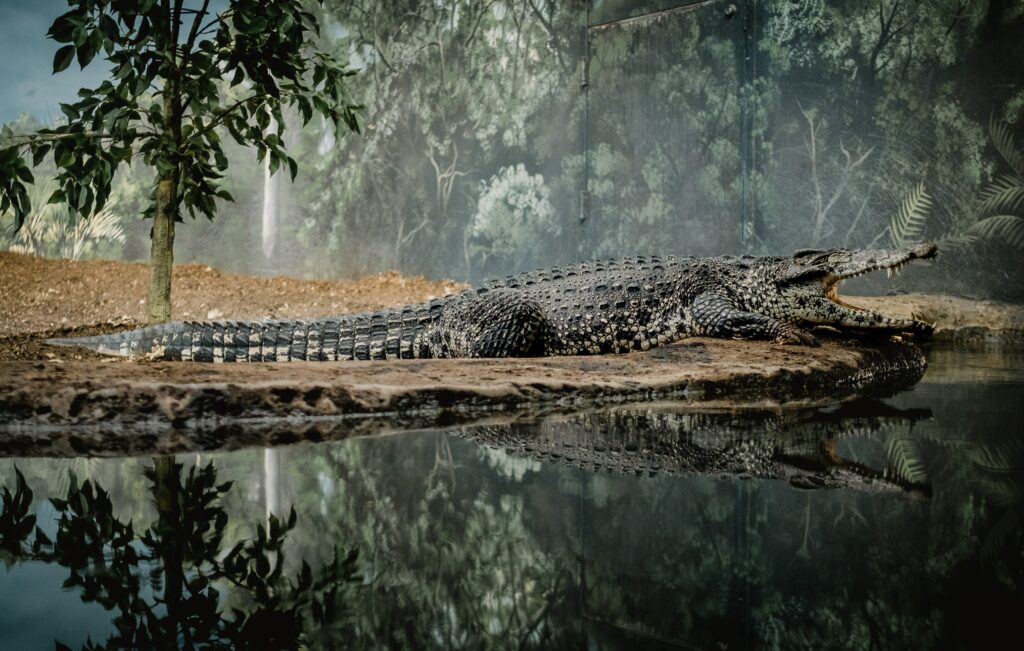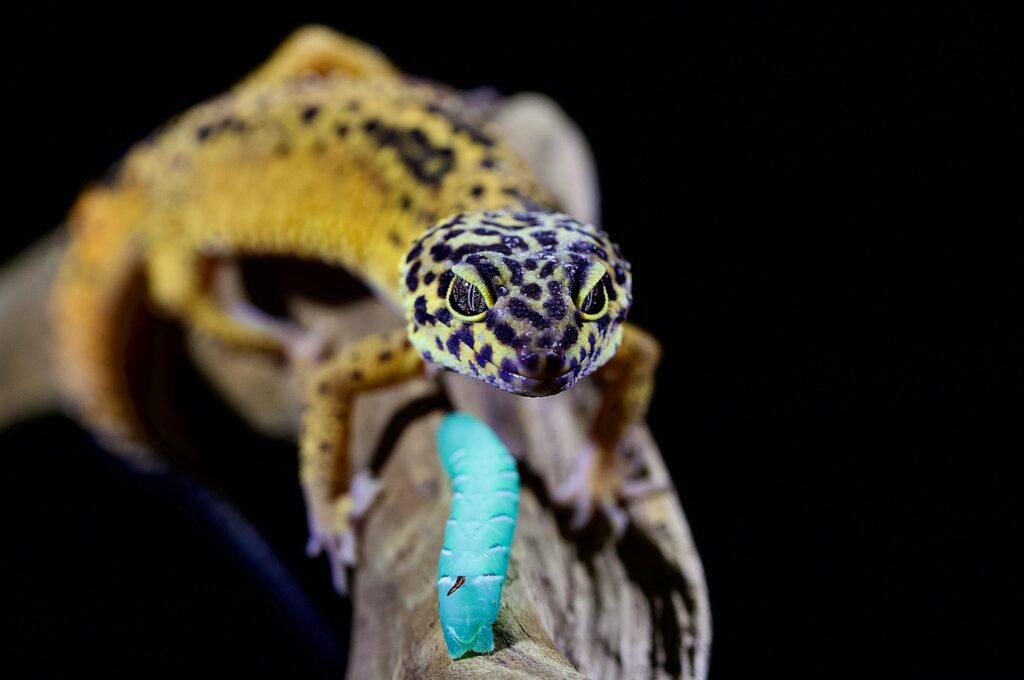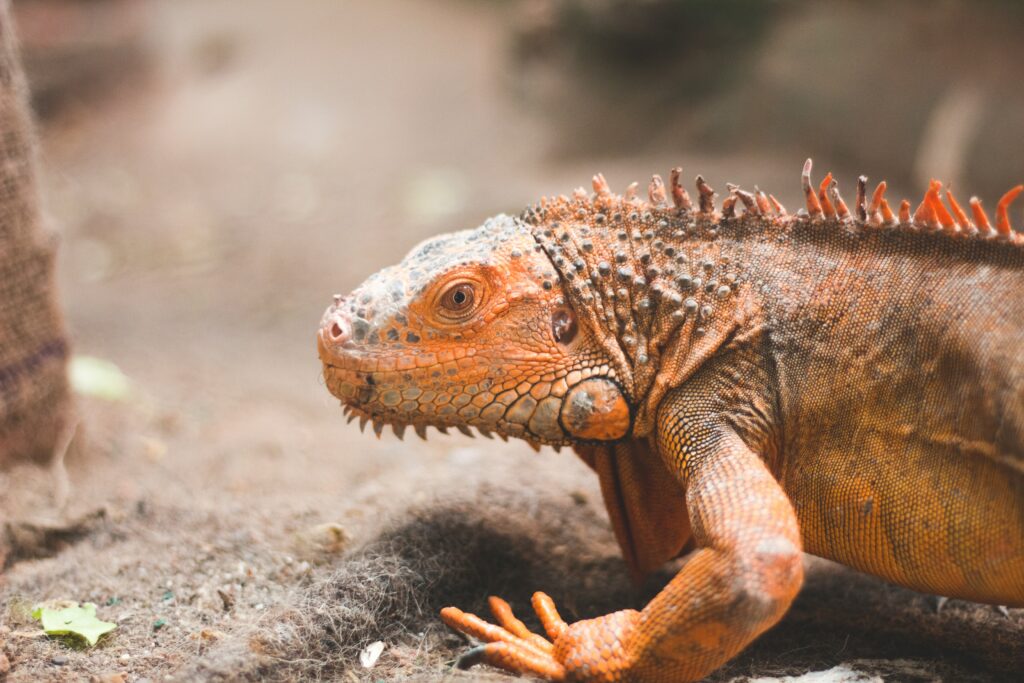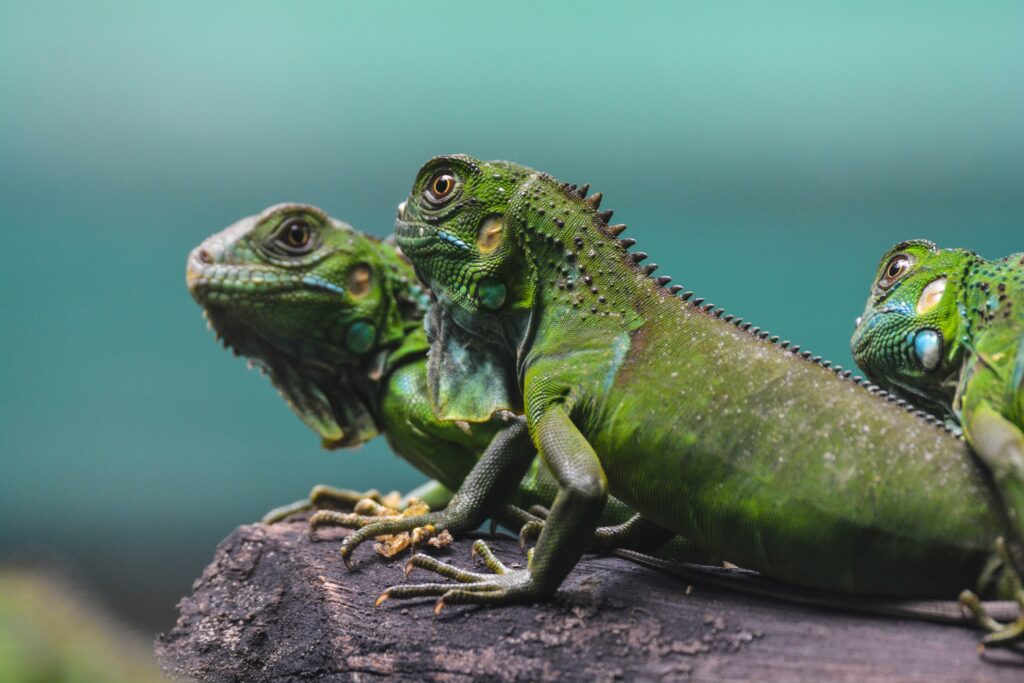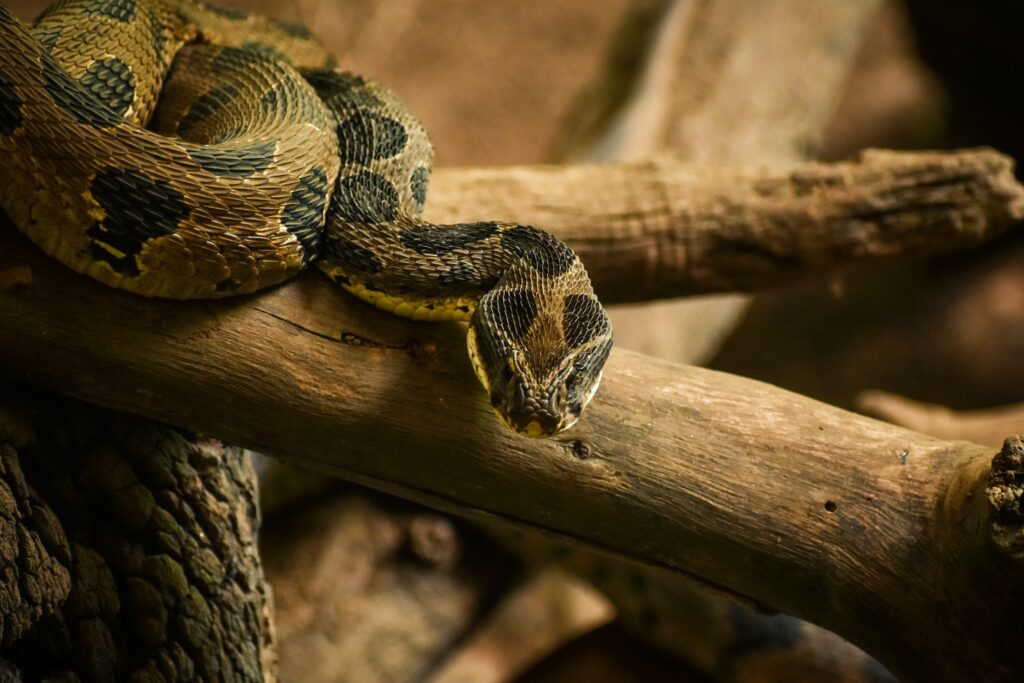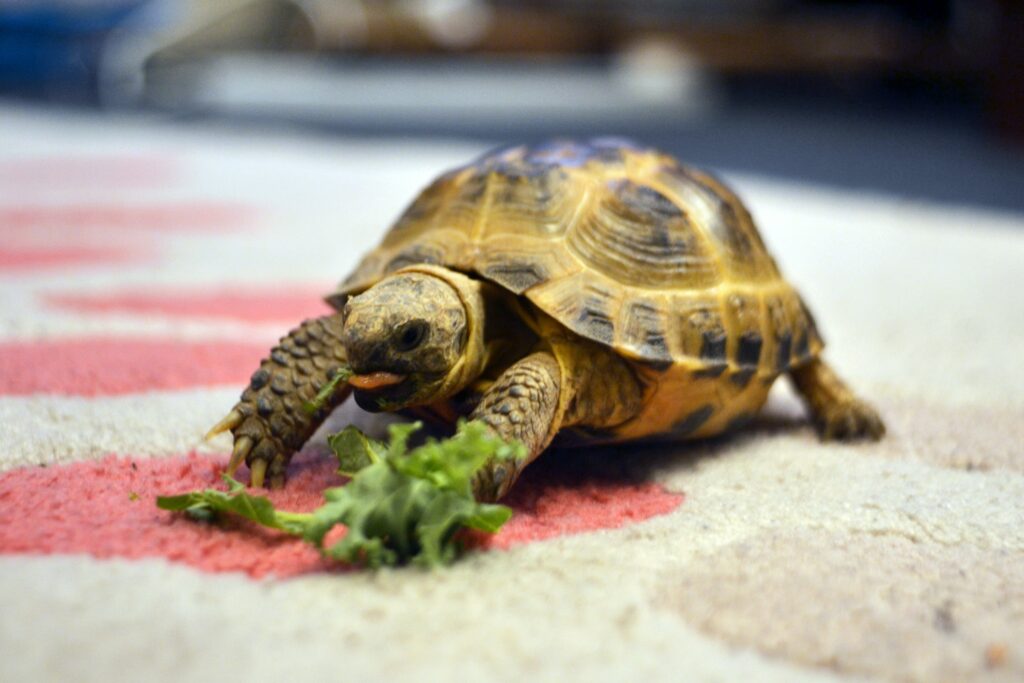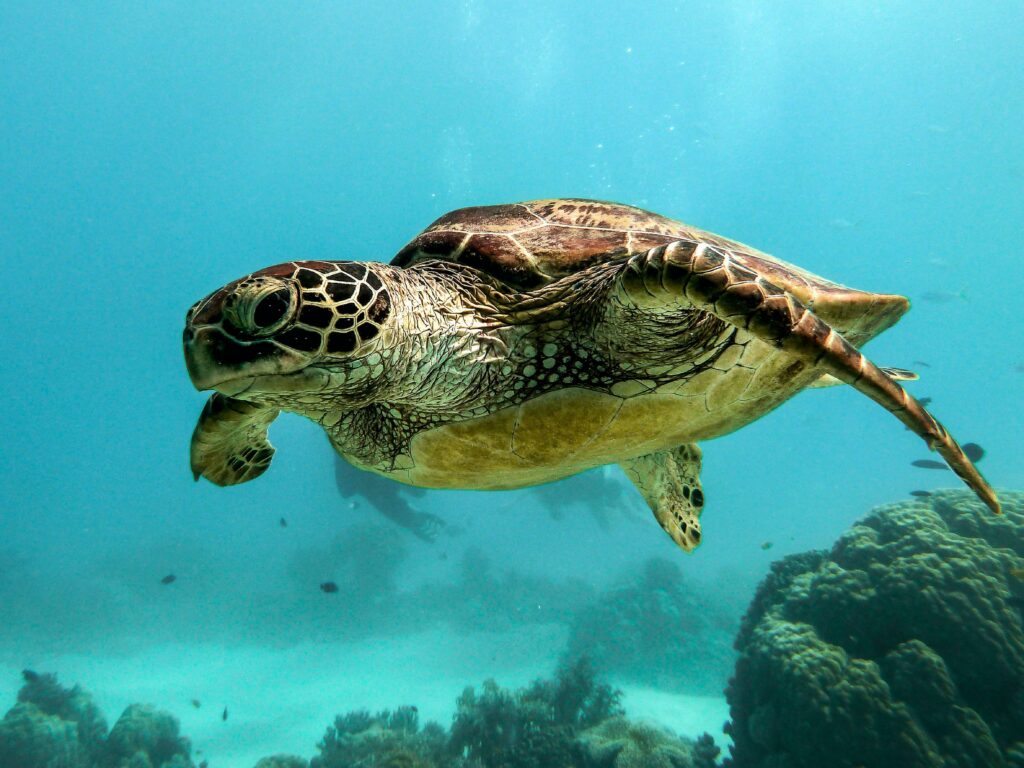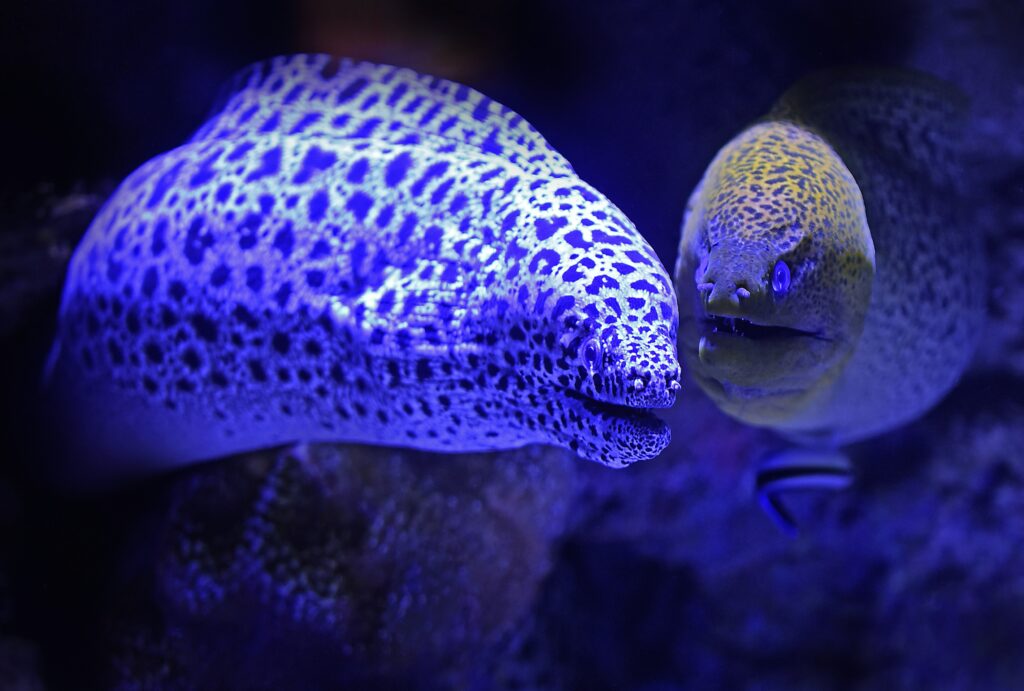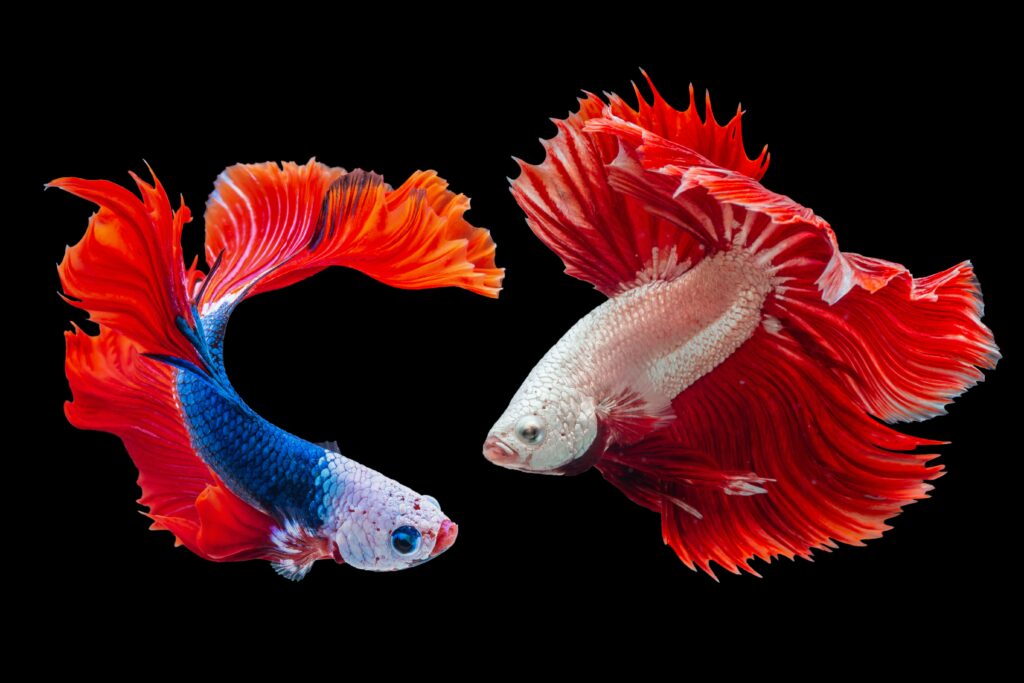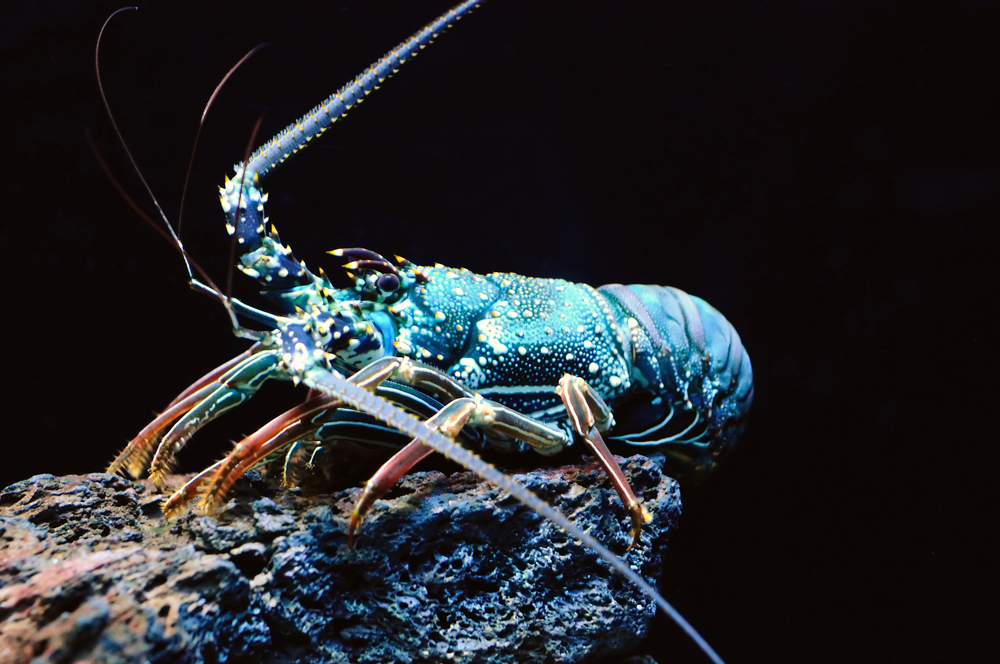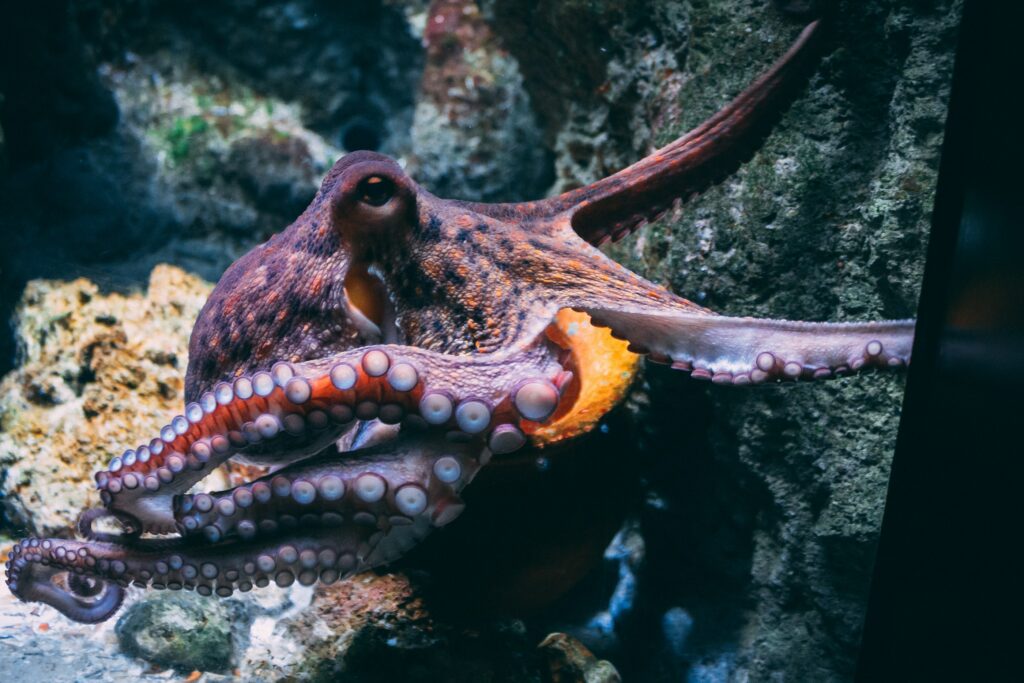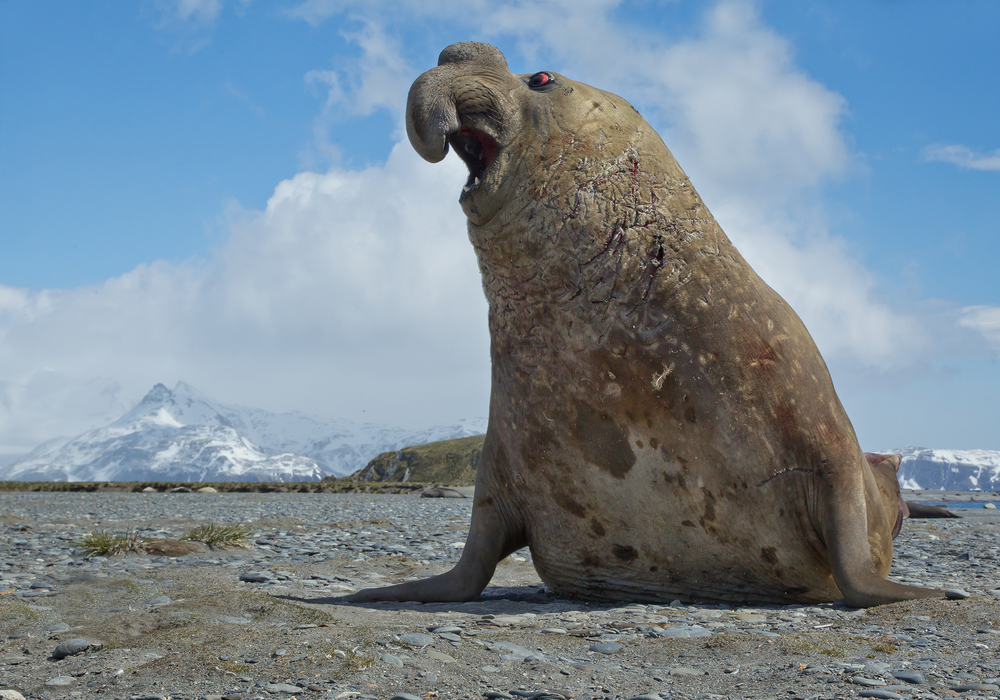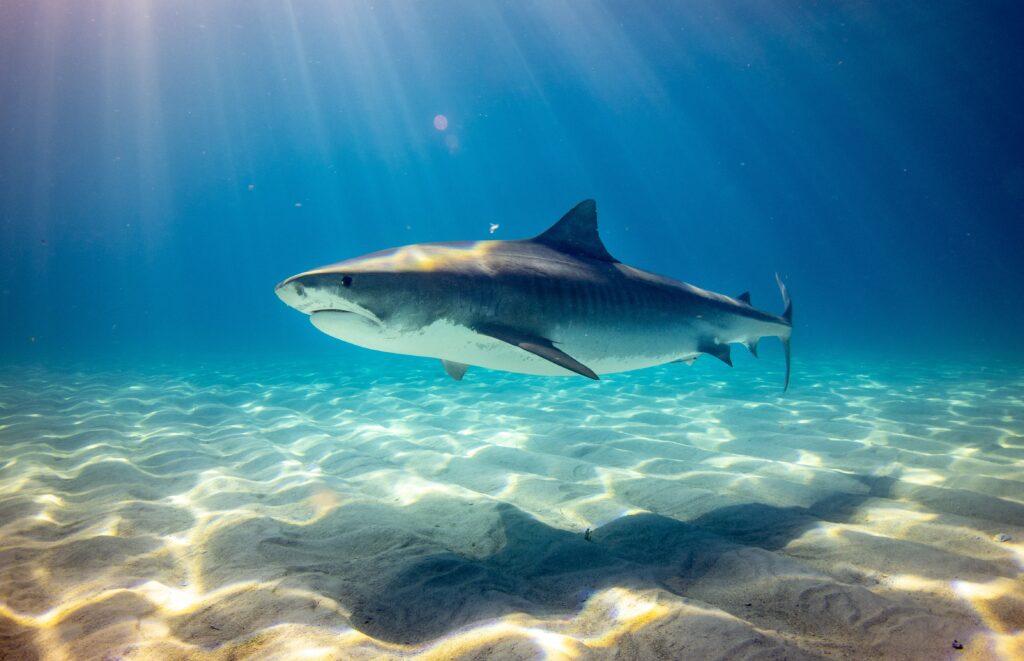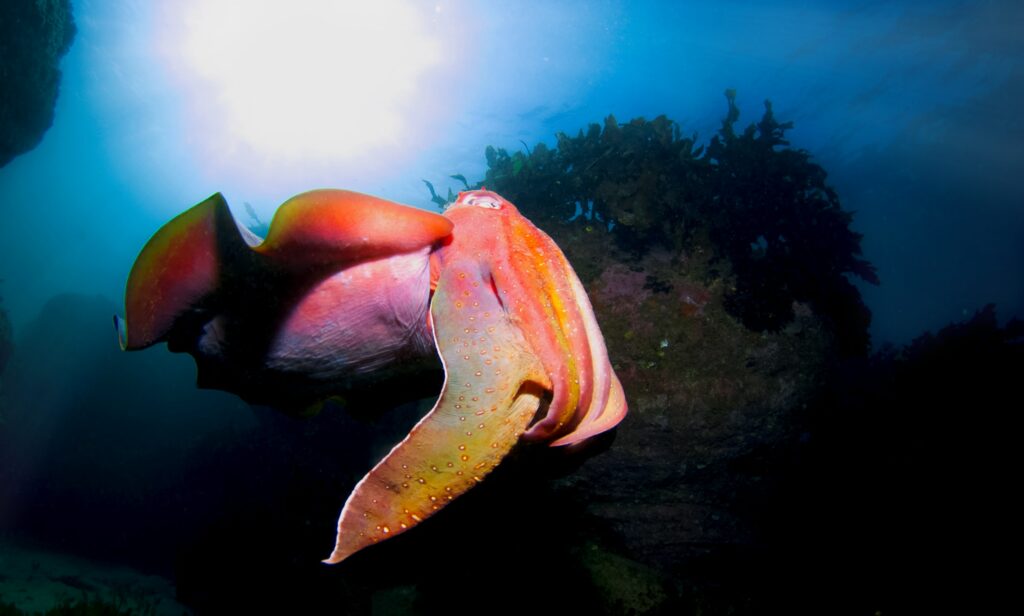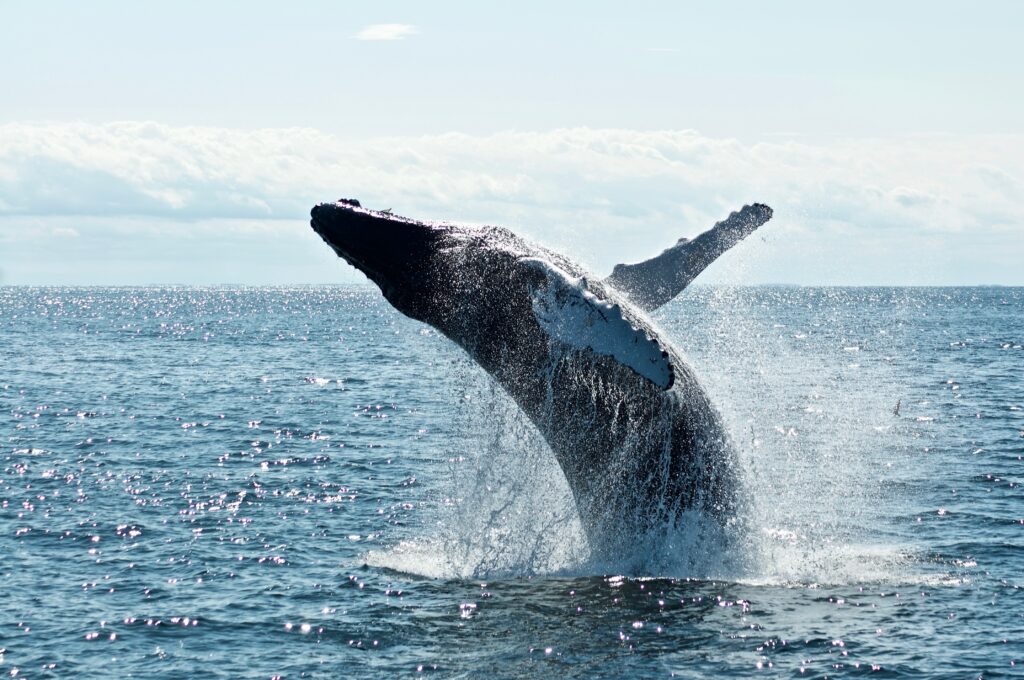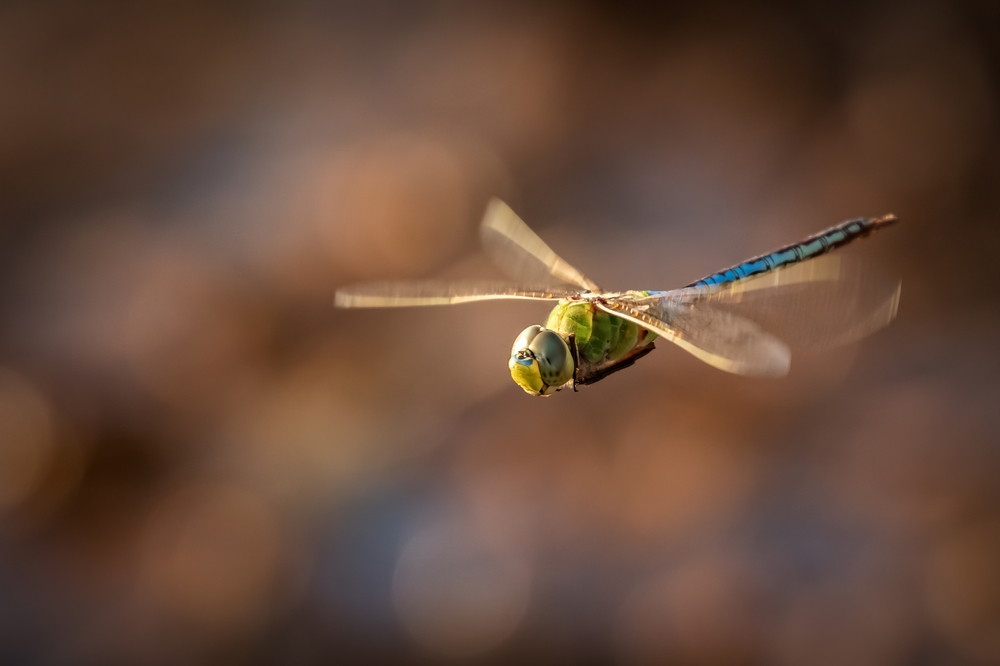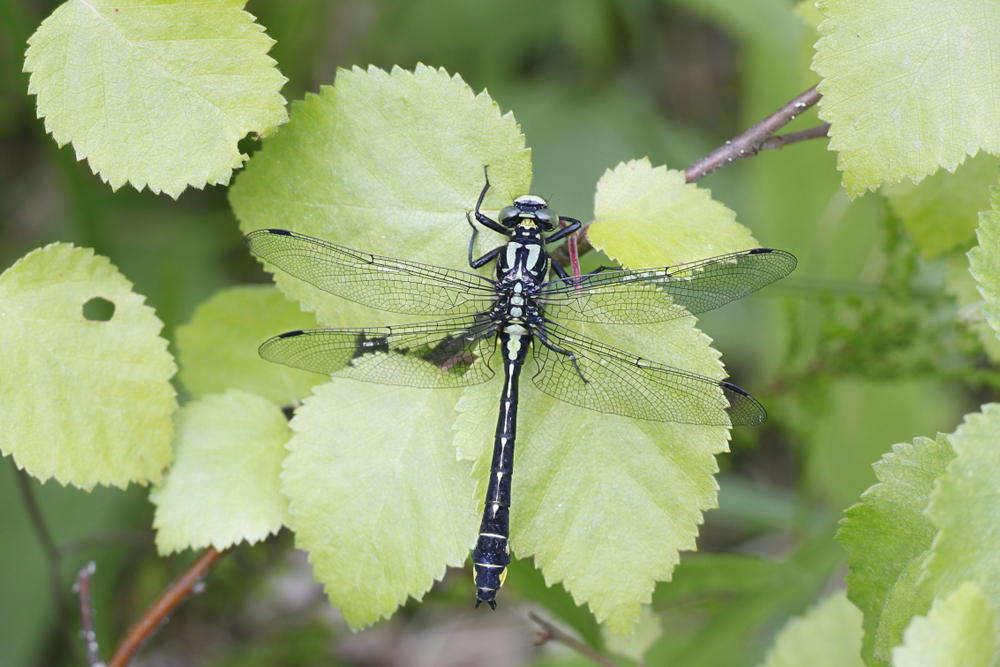The common green darner (Anax junius) belongs to the darner family (Aeshnidae). Its closest relatives are other Anaxdragonflies, such as the lesser green darner (Anax parthenope), which share similar size and coloration.
About
The Common Green Darner (Anax junius) is one of North America’s most widespread and recognizable dragonflies, admired for its size, striking colors, and remarkable migrations. It belongs to the family Aeshnidae, often referred to as the darners, which are among the largest dragonflies in the world. Found across the United States, southern Canada, Mexico, the Caribbean, and even parts of Central America, the green darner is a key species in both wetlands and cultural imagination.
These dragonflies are large, with bodies typically 2.8–3.3 inches (7–8.5 cm) long and wingspans over 4 inches (10 cm). They are instantly identified by their bright green thorax, contrasting with a bluish abdomen in males and a brownish one in females. Their large, multifaceted eyes and powerful wings make them superb aerial hunters, capable of swift, agile flight.
The Common Green Darner is one of the few dragonflies known for long-distance migrations, traveling thousands of miles between breeding and overwintering grounds. Some populations are resident, while others migrate seasonally, with new generations completing the journey in a relay-like fashion.
As voracious predators, adults feed on mosquitoes, flies, and other insects caught mid-air, while aquatic nymphs prey on tadpoles, mosquito larvae, and small fish. Their presence helps regulate insect populations, making them ecologically valuable.
Mating follows the dragonfly’s distinctive “wheel position,” after which females deposit eggs in aquatic vegetation. Nymphs develop underwater for months or even years before emerging as winged adults.
The Common Green Darner is also a cultural symbol, often associated with change, adaptability, and the rhythms of migration. Its beauty, ecological role, and dramatic journeys make it one of the most iconic dragonflies of North America.
Physical Characteristics
The common green darner is one of the largest and most recognizable dragonflies in North America, admired for its vivid coloration and long migratory flights.
Body:
It has a long, slender body typical of darner dragonflies, with a strong thorax and elongated abdomen designed for fast, agile flight.
Coloration:
The thorax is bright green, giving the species its name. The abdomen is mostly blue in males and brownish in females, often with a black dorsal stripe. This sexual dimorphism makes males more brightly colored than females.
Head and Eyes:
They possess a large head with enormous compound eyes that nearly meet at the top, providing nearly 360-degree vision for spotting prey and avoiding predators.
Mouthparts:
Like all dragonflies, they have strong, toothed mandibles designed for grasping and chewing prey midair.
Wings:
Their two pairs of long, transparent wings are intricately veined and held horizontally at rest. Wing muscles in the thorax allow independent movement, enabling excellent maneuverability.
Size:
Adults typically measure 2.8–3.3 in (7–8.5 cm) in length, with a wingspan of 3–4.5 in (7.5–11.5 cm).
Weight:
They are lightweight insects, generally under 1 g.
The common green darner’s bright green thorax, long blue or brown abdomen, and powerful wings make it one of the most striking and easily recognized dragonflies across North America.
Reproduction
The common green darner follows the classic dragonfly reproductive cycle, with aquatic development and aerial courtship.
Mating and Courtship:
Males establish territories near ponds, lakes, or slow-moving streams and aggressively defend them from rivals. When a receptive female arrives, the male grasps her behind the head with specialized claspers, forming the distinctive “mating wheel” position.
Egg Laying (Oviposition):
After mating, pairs often remain in tandem as the female deposits eggs. She uses her ovipositor to insert eggs into aquatic vegetation or floating plant material, ensuring they are anchored in safe environments.
Eggs and Development:
Eggs hatch in a few days to weeks, depending on water temperature. In northern regions, some eggs overwinter before hatching in spring.
Larval Stage (Naiads):
The aquatic larvae live in ponds and wetlands, feeding on insect larvae, tadpoles, and small fish. They undergo multiple molts over weeks to months.
Emergence and Adult Stage:
When mature, naiads crawl out of the water onto vegetation and molt into winged adults. Adults live for several weeks to months, focusing on migration and reproduction.
The common green darner’s reproductive cycle—anchored in aquatic egg-laying and predatory larval growth—ensures strong survival rates across its wide range.
Lifespan
The common green darner has a unique life cycle among dragonflies, with lifespans shaped by both aquatic and aerial stages.
Lifespan in the Wild:
On average, they live about 6–7 months, though the full cycle can extend up to a year. Most of this time is spent in the aquatic larval (naiad) stage, which may last weeks to several months depending on climate and food availability.
Adult Stage:
As winged adults, common green darners typically survive only 4–7 weeks. During this short time, they focus on migration, feeding, mating, and reproduction.
Migratory Generations:
This species is unusual in that it produces multiple generations tied to migration. One generation emerges in spring, migrates north, breeds, and dies. The next generation matures in the north, migrates south in fall, and continues the cycle.
Threats to Longevity:
Predation by birds, frogs, and fish, along with harsh weather, shortens adult survival. Aquatic larvae face threats from fish and other aquatic predators.
The common green darner’s lifespan is dominated by its larval stage, while the brief adult stage highlights its role as both a predator and long-distance migrant.
Eating Habits
The common green darner is a voracious predator, feeding at both the aquatic larval stage and the adult flying stage.
Diet (Larvae/Naiads):
Aquatic larvae feed on mosquito larvae, aquatic insects, worms, tadpoles, and even small fish. They use extendable mouthparts to ambush and seize prey quickly.
Diet (Adults):
Adults prey on flying insects, especially mosquitoes, flies, moths, and butterflies. They catch prey midair using spiny legs that form a basket-like trap, then chew it with strong mandibles.
Feeding Behavior:
They are visual hunters, relying on their large compound eyes to detect movement. Adults patrol ponds, wetlands, and meadows in search of prey, often consuming large numbers of insects daily.
Role in the Ecosystem:
By controlling mosquito and fly populations, green darners play a vital ecological role. They are also prey for birds, frogs, and larger dragonflies, linking multiple food chains.
The common green darner’s dual predatory lifestyle—ambushing underwater as larvae and hunting on the wing as adults—makes it one of the most effective insect predators in its ecosystems.
Uniqueness
The common green darner is remarkable among dragonflies for its size, color, and migratory behavior.
Striking Appearance:
Its bright green thorax and long blue or brown abdomen make it one of the most recognizable dragonflies in North America.
Widely Separated Generations:
Unlike most dragonflies, it has a migratory life cycle with successive generations: one emerges in spring and migrates north, while another develops in the north and migrates south in fall.
Long-Distance Migration:
Green darners migrate hundreds to thousands of miles, similar to monarch butterflies, making them one of the few dragonflies with large-scale seasonal movements.
Predatory Efficiency:
They are agile fliers capable of capturing prey midair with near-perfect success rates, helping regulate insect populations like mosquitoes.
Indicator Species:
Their presence in wetlands and ponds indicates healthy freshwater ecosystems, as both larvae and adults are sensitive to pollution and habitat loss.
The common green darner’s vivid coloration, unique migratory cycle, and ecological importance make it one of the most distinctive dragonflies in the world.
Be the First to Share Photos of This Species.
FAQ’s
1. What species is closest to the common green darner?
2. How does the common green darner compare to other species in the same family?
Compared to other darners, the common green darner is larger, more colorful, and unique for its long-distance migrations. Most other darner species are strong fliers but remain local to their habitats.
3. What national parks provide the best opportunities to see a common green darner?
They are abundant in wetlands and meadows across North America, especially in parks like Everglades National Park (Florida), Yellowstone National Park (Wyoming), and Great Smoky Mountains National Park (Tennessee/North Carolina).
4. In what parts of the world can you find common green darners?
They are widespread across North America but also found in parts of the Caribbean, Central America, and occasionally South America. Migratory individuals travel between the United States, Canada, and Mexico.
5. How many types of common green darners are there?
There is one recognized species, Anax junius. However, within the Aeshnidae family, there are over 400 species of darners worldwide, many of which share similar traits but lack the green darner’s migration behavior.
